This is the second of a 3 part series: the first part talked about an itinerary in Kyoto, and can be found here: Ultimate Itinerary for Kyoto
Nara: The City of Deer
The city of Nara is pretty small, but very beautiful. It’s not technically in Kansai (it is in the Nara prefecture), but it is about an hour away from Osaka by train, so it was easy to get to from Kansai during this trip! We stayed at Guest House Koma in Osaka (more on that later), and its proximity to many train stations meant that we were able to get to Nara, Kobe, and central Osaka very easily.
It was about an hour from the hostel to Nara, but we passed the time playing on the Nintendo Switch and chatting. When we got off of the train, we noticed a few architectural marvels. We had the idea to bike around the area as well, so the bike shop was first thing that we set off on finding.
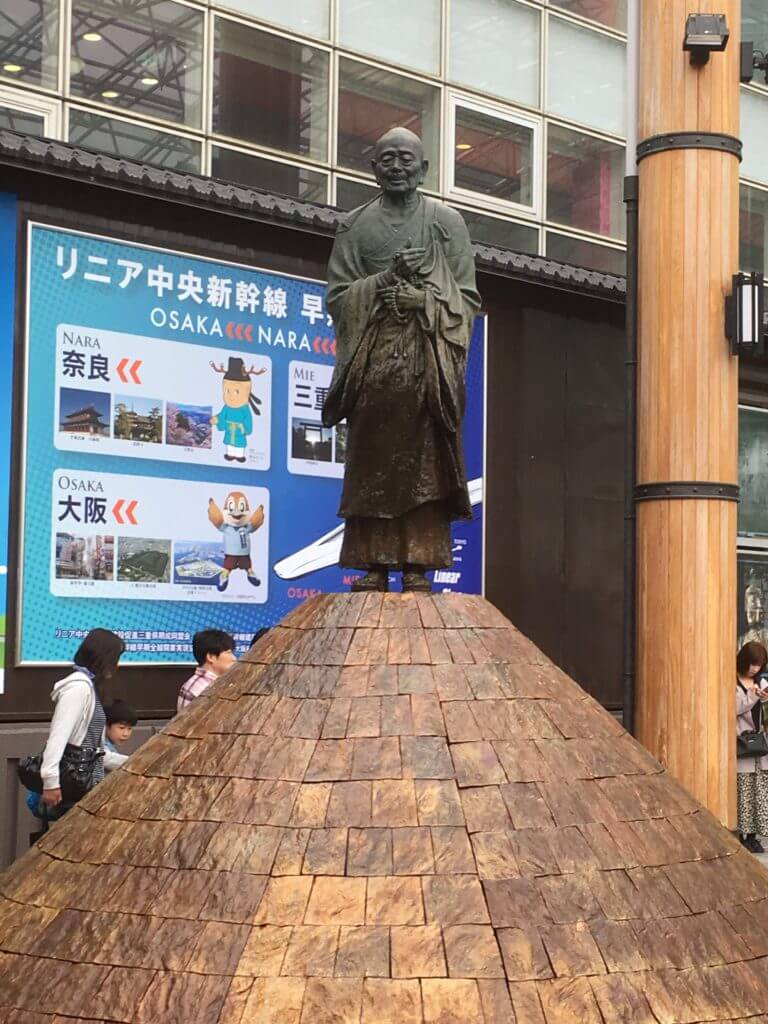
At the shop that we went to, all the single-gear, 500 yen, bikes were out for the day, but they had several gear bikes for 700 yen. We shrugged our shoulders and forked over the money.We biked around Nara for a bit, admiring the older architecture.
First stop was Nara Park, where the world famous bowing deer are. We parked our bikes near the entrance, and I bought a package of “chika senbei”, or deer rice crackers, from one of the stands selling them. They are the only safe food to feed the deer at the park. Anything else can endanger their life, so please follow that rule if you need up going to the park yourself.
As soon as I got them, a lot of the deer immediately surrounded me, and even started tearing at my clothes! It took a lot of nervous laughter to get Christian to walk through the middle of the deer crowd to get them away from me, so I wouldn’t give all my crackers away at once. After that, we walked around for a while, giving the deer parts of the crackers, and enjoying their politeness and bowing with the people coming by.
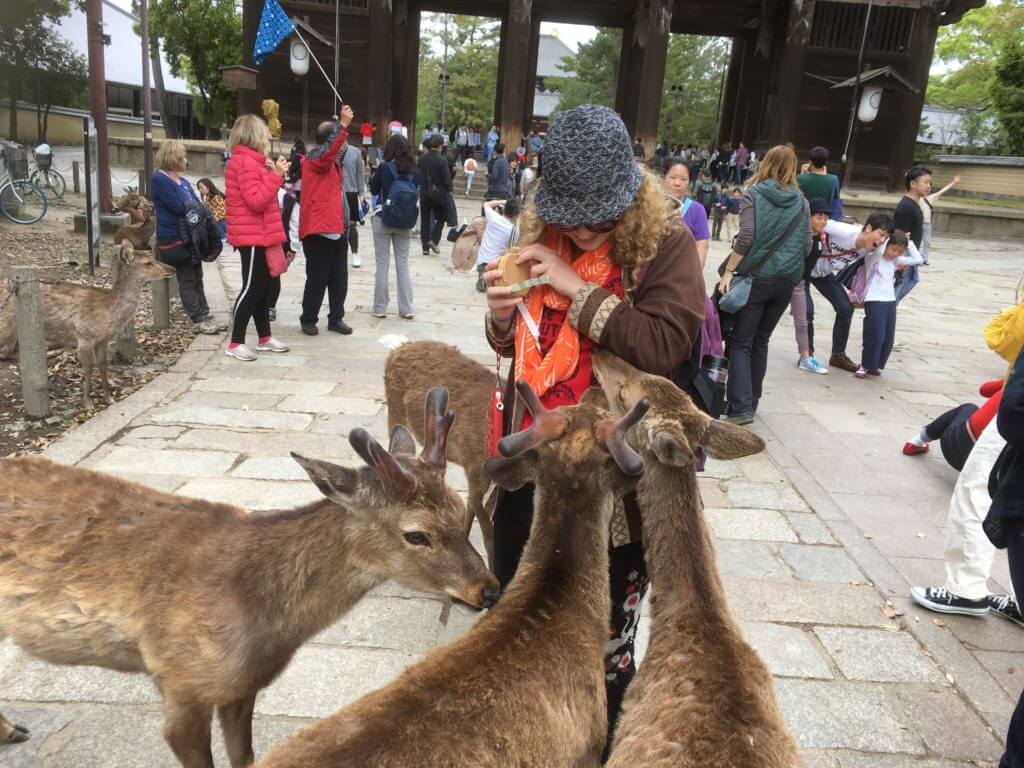
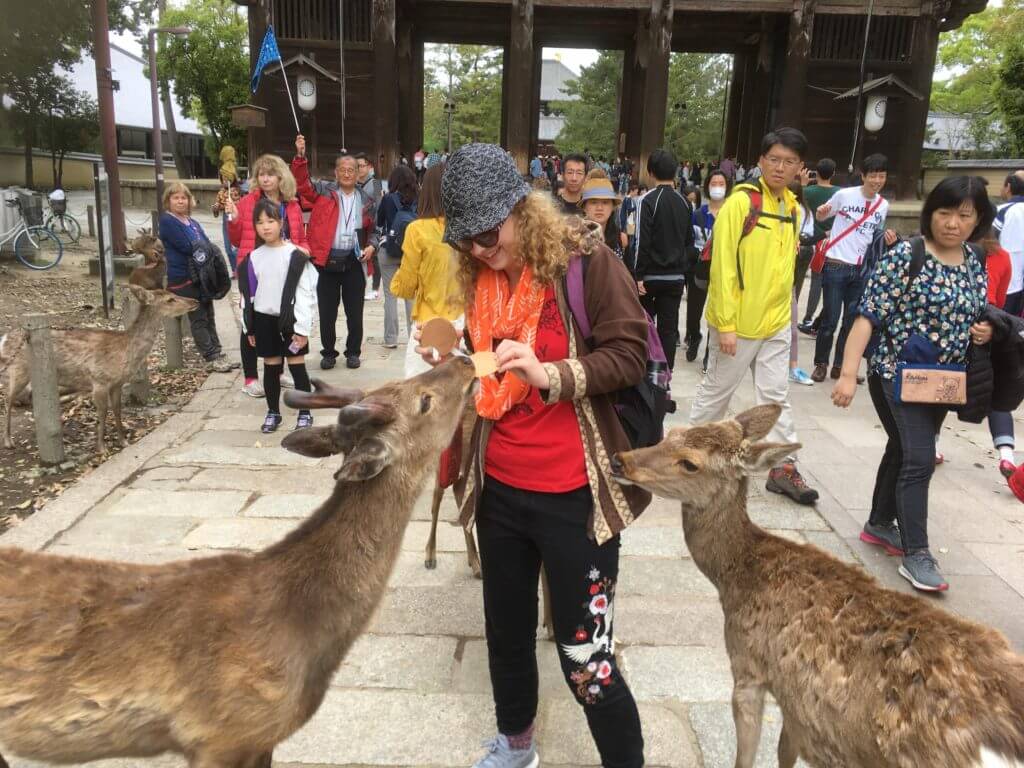
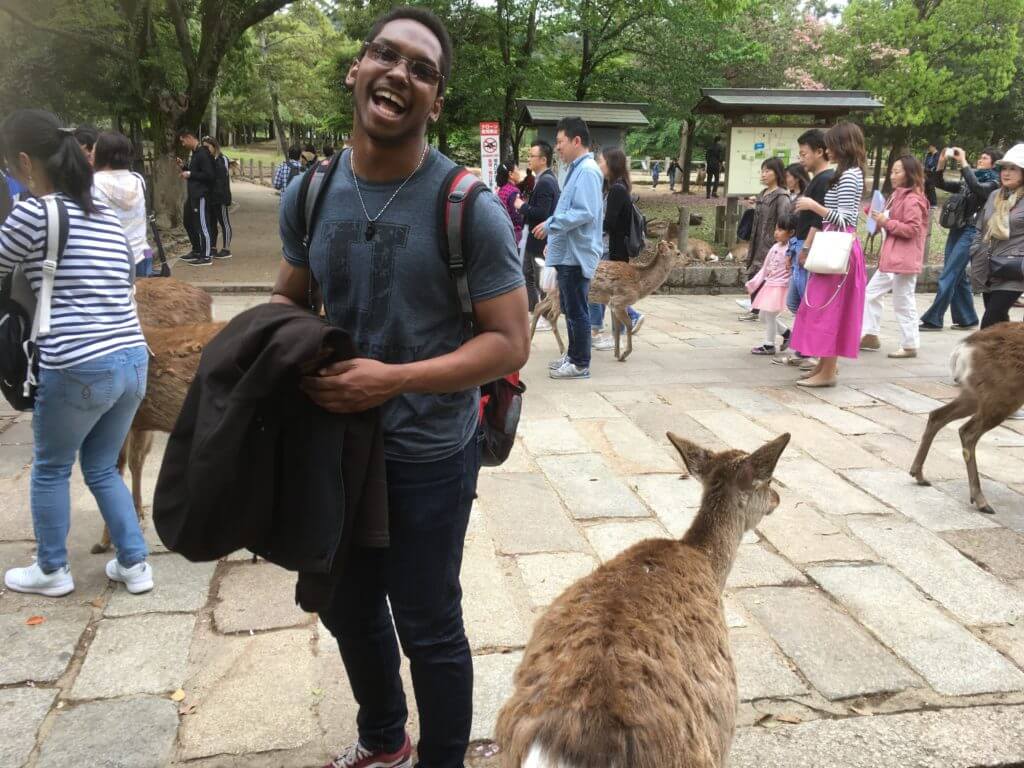
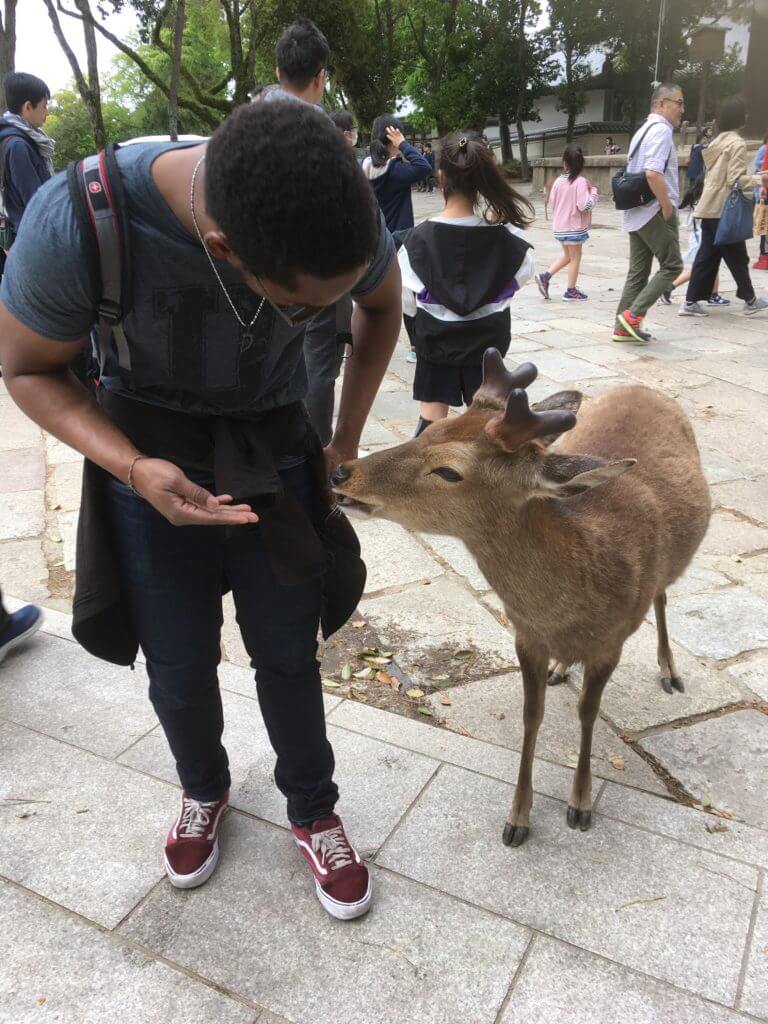
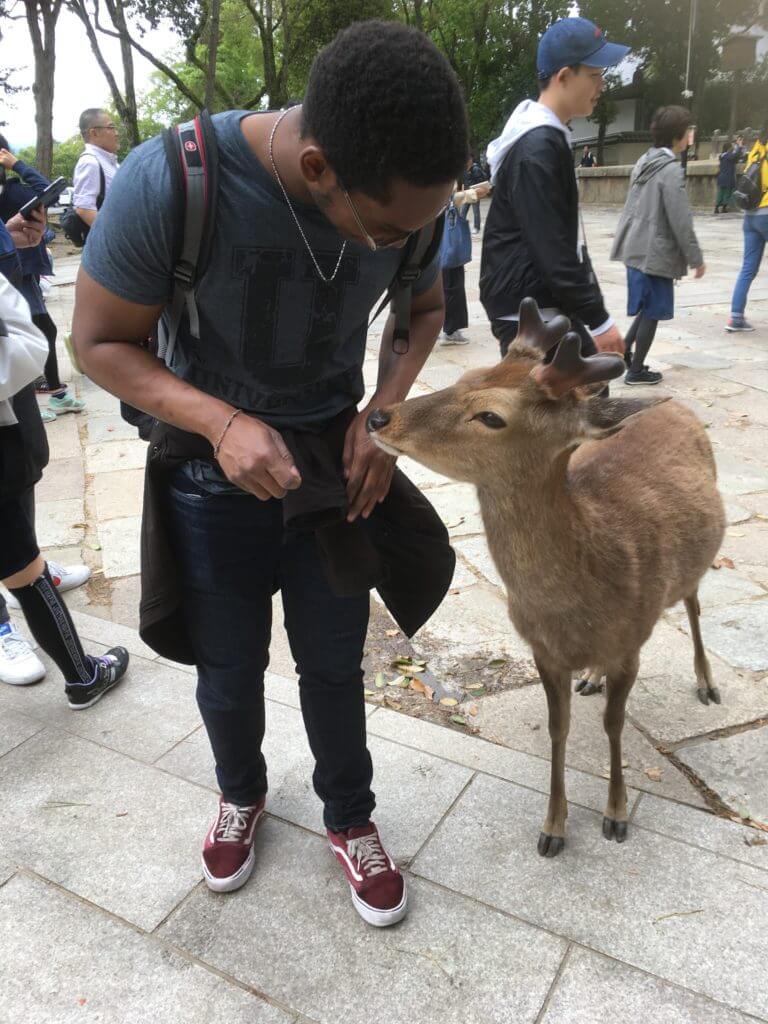
We kept walking around the park, and nearby, we saw a deer “guarding” the next section of the park. We were delighted by this self-appointed security guard, and Christian made sure his hard work was rewarded.
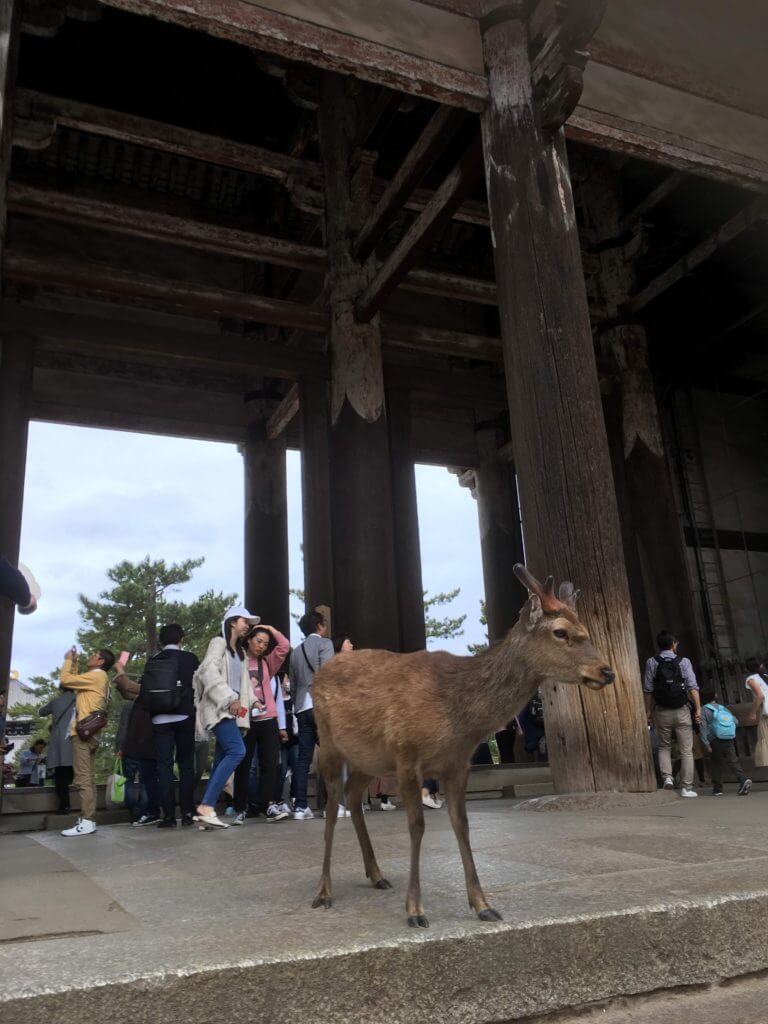
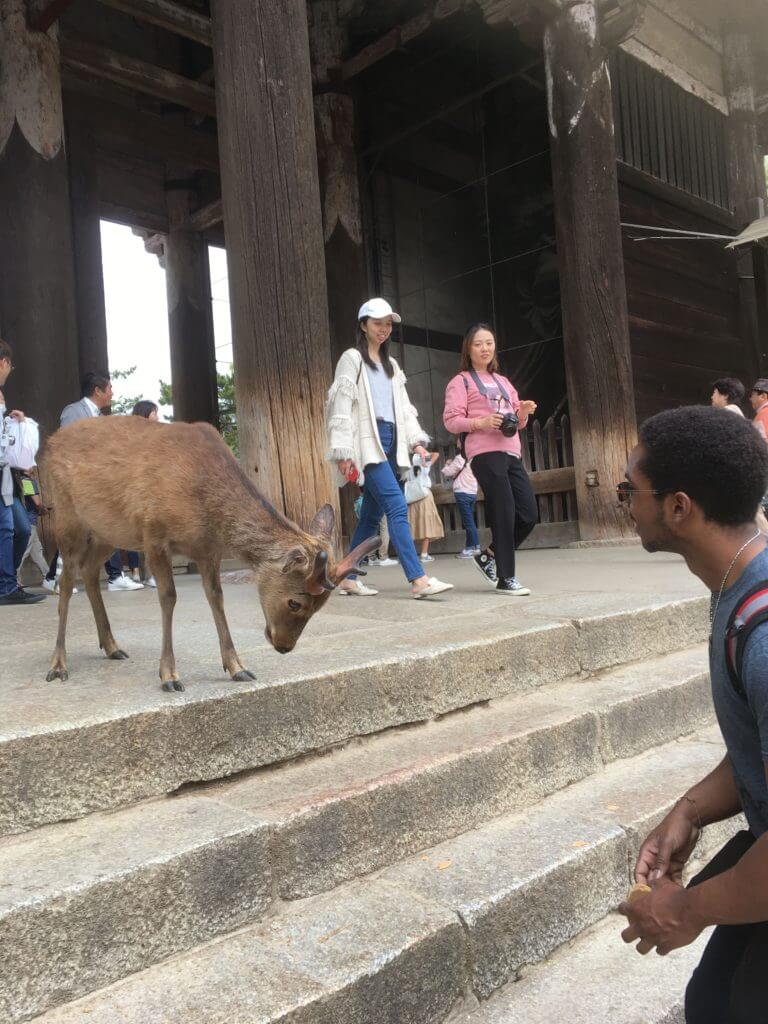
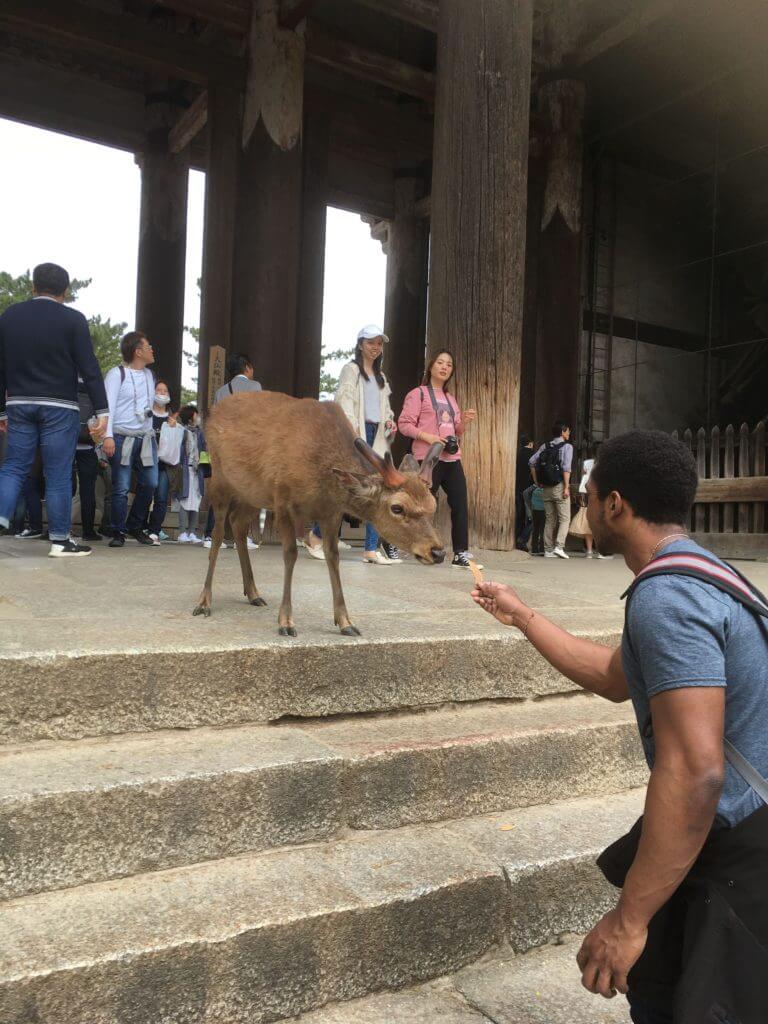
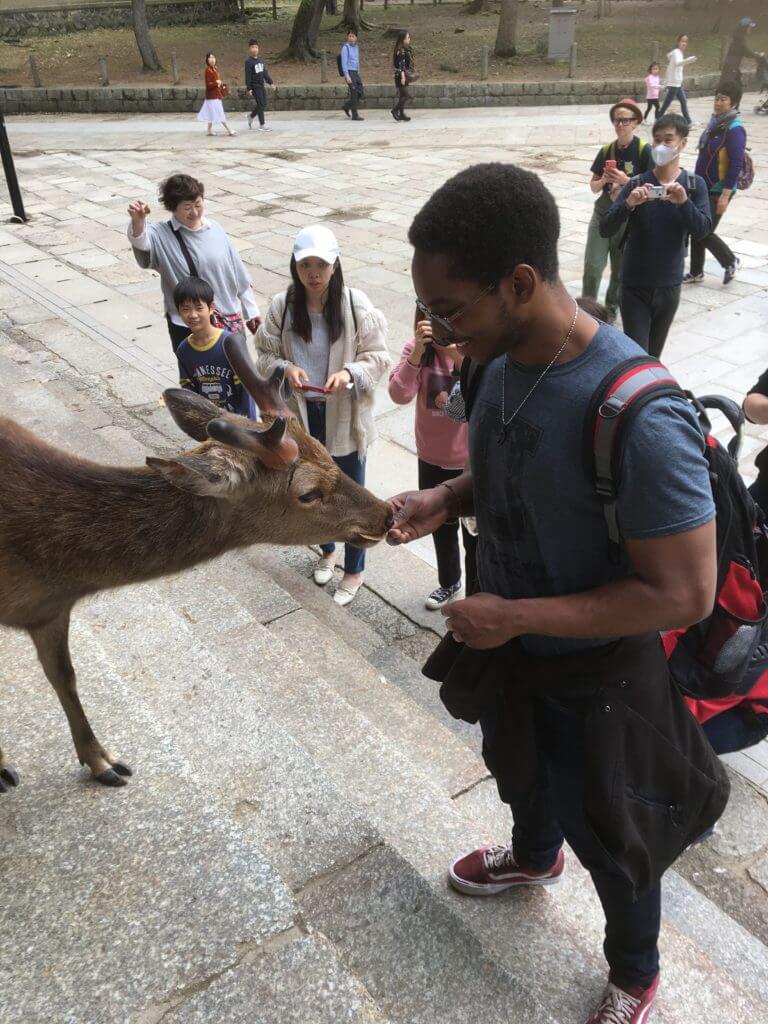
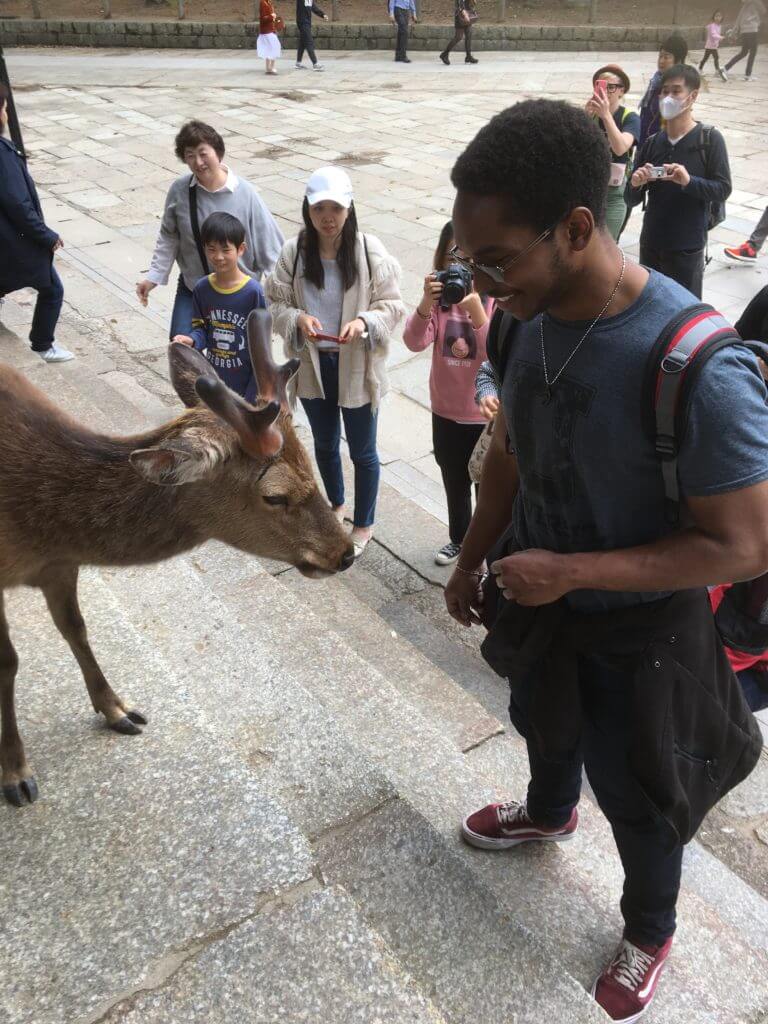
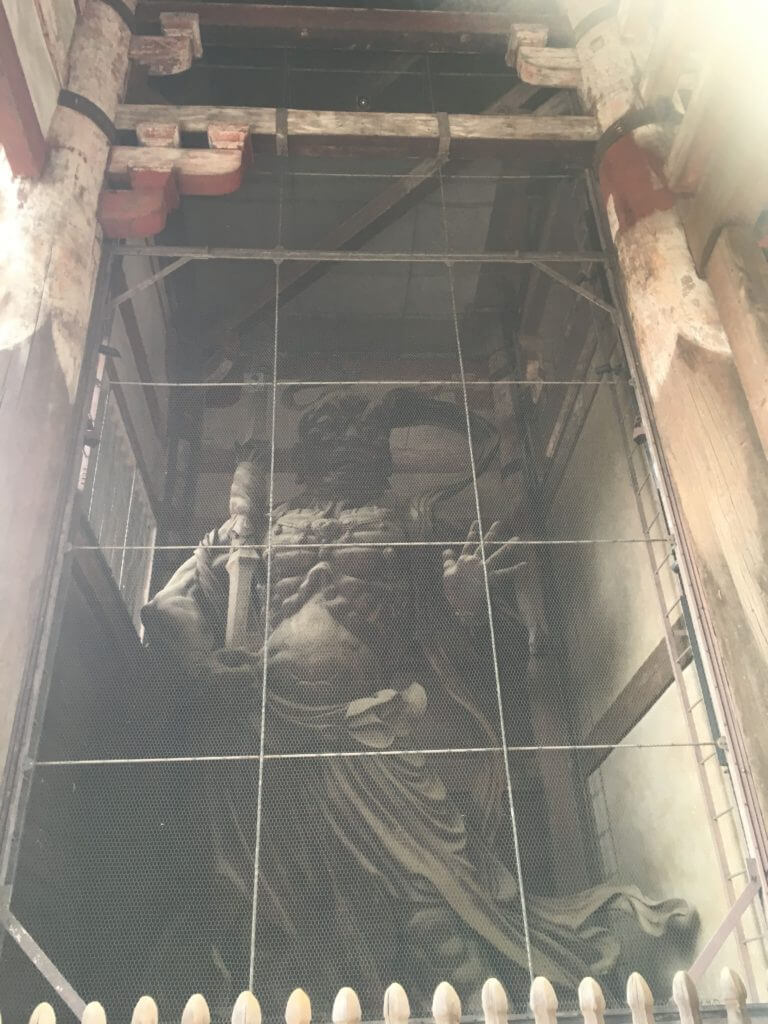
On one side of the park, there was a big Buddha statue that you had to pay to get into, and on the other side, there was a cultural artifacts museum that you had to pay to get into. We considered both, but figured we could see other things to save both money and time. However, we took pictures outside of both, to fulfill our tourist duties.
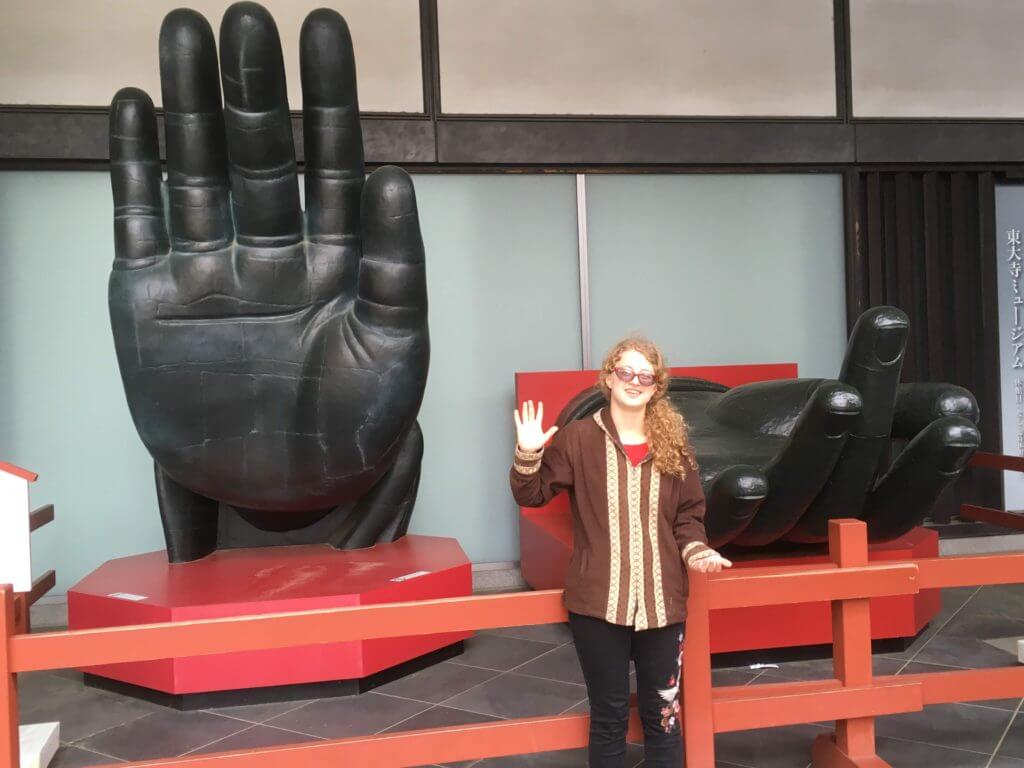
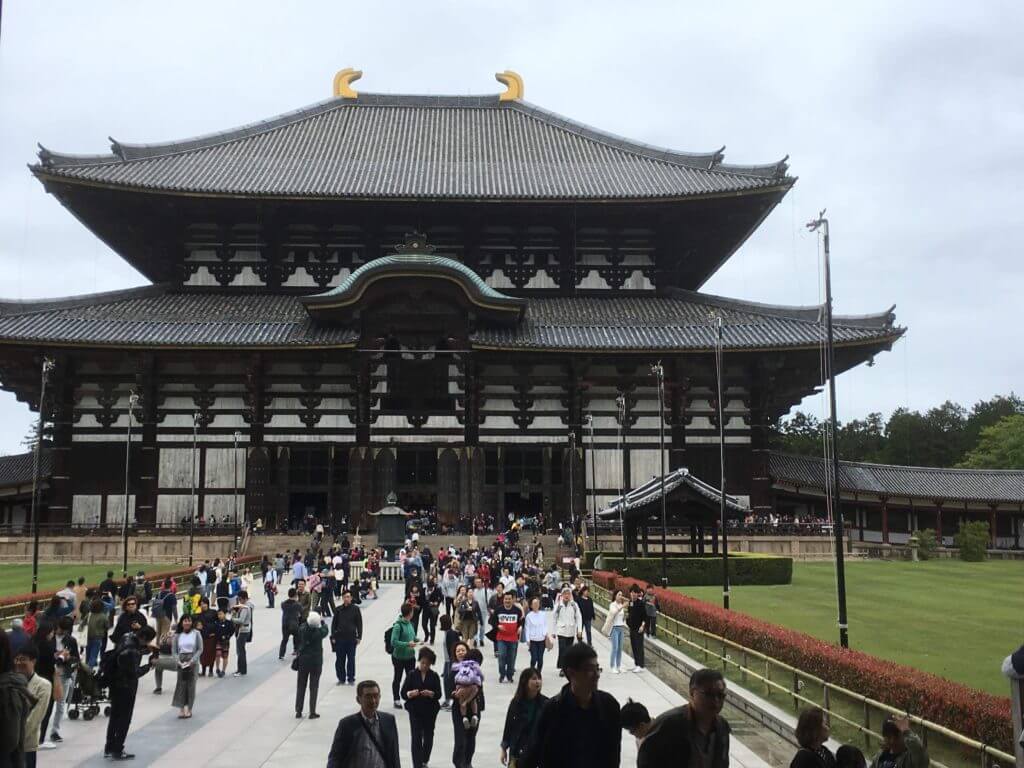
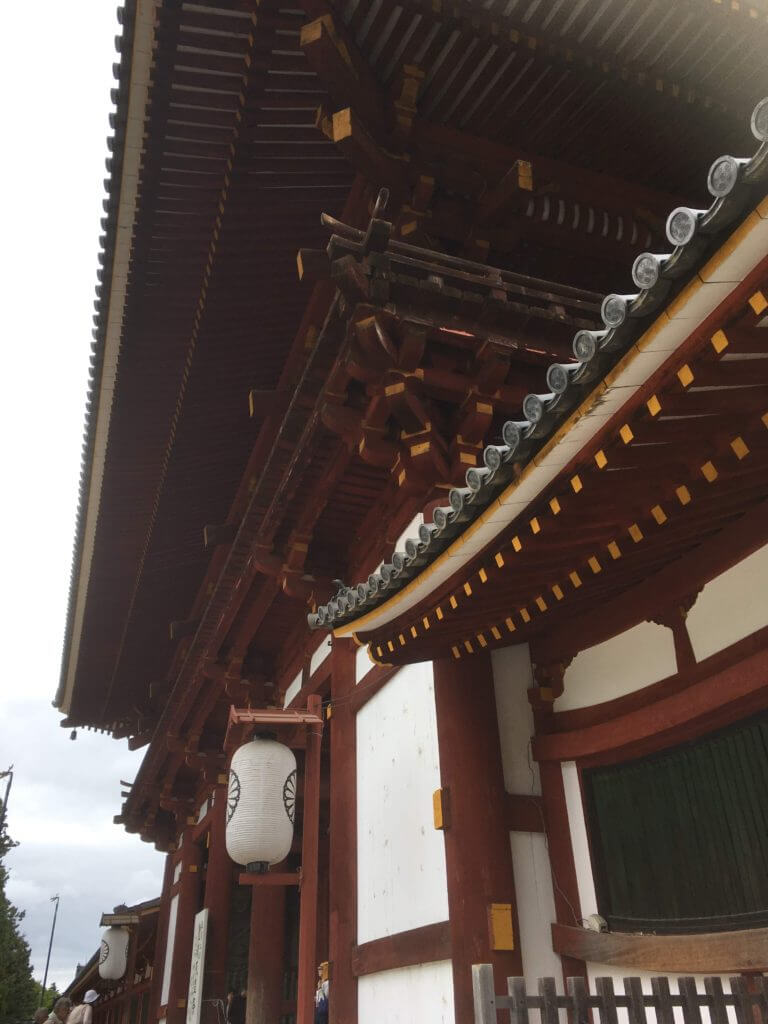

The Buddhist memorial in the picture above apparently brings people from all over the world, due to a sister city agreement. There were a few other people in the area that were taking pictures, so once we took an Indian couple’s picture, they took one for us.
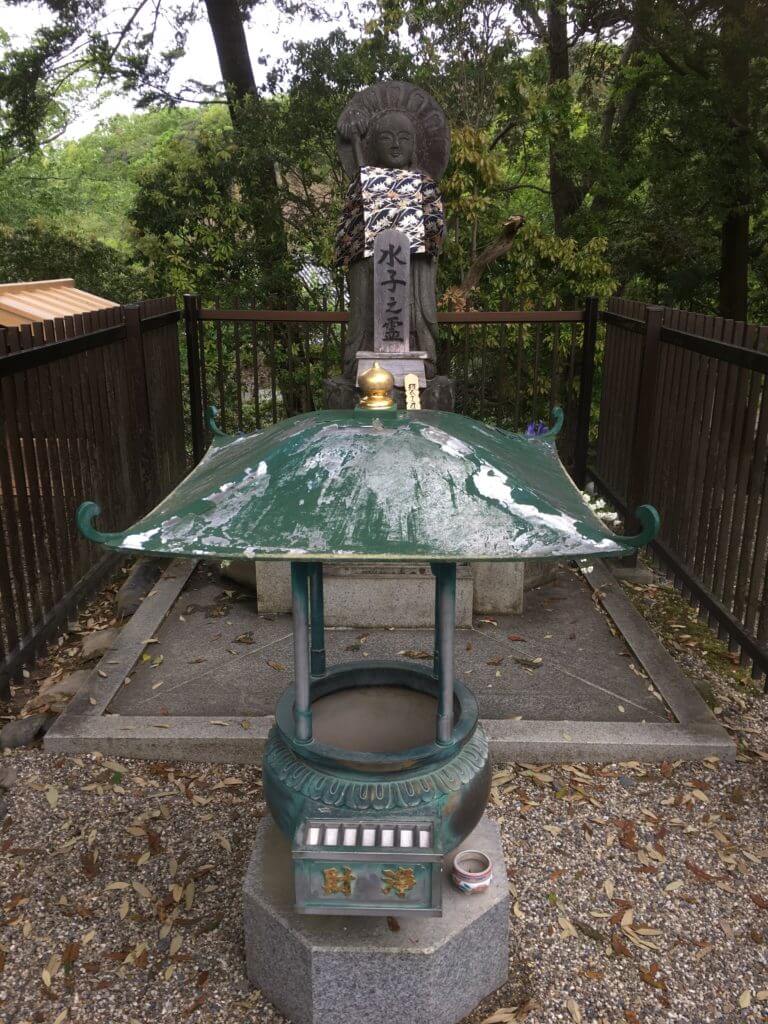
After this, we were pretty hungry. Luckily for us, there were a few restaurants further into the park. We decided on going to a place with a sort of chicken udon dish, which also turned out to have a lot more vegetables. I also got an ice cream soda with “caramel soda”, which turned out to be cream soda!
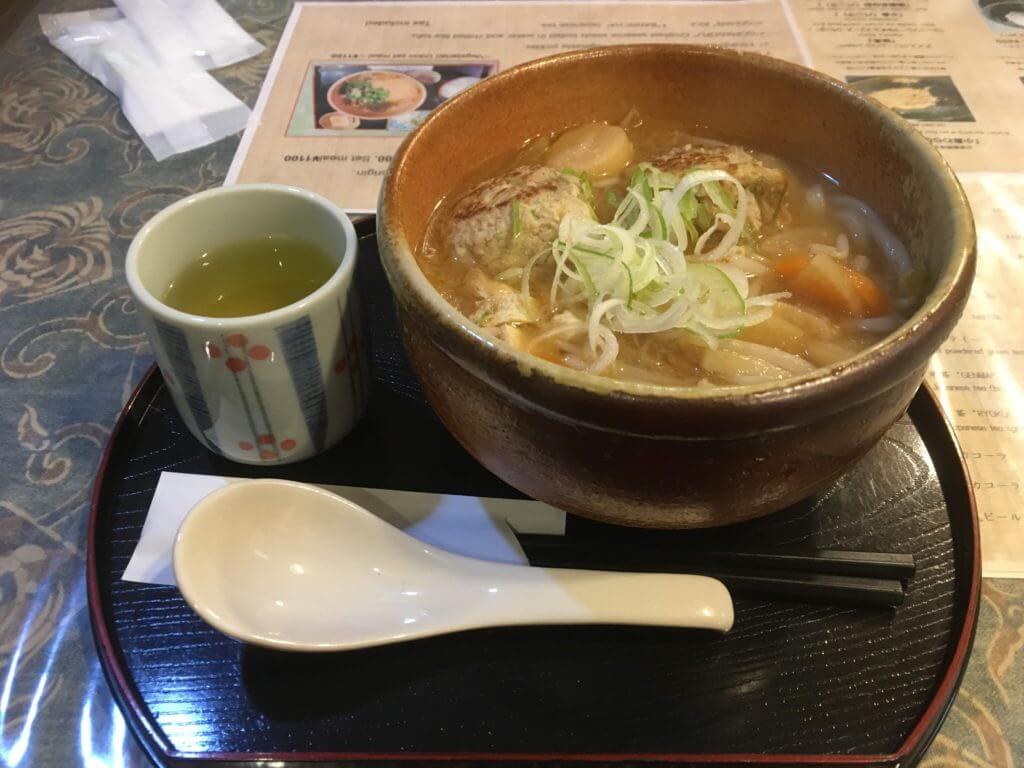
After that, we spent more time walking around the park, and got some omiyage for our companies. For those of you unfamiliar with this tradition, omiyage basically means “souvenir”, and it’s customary to bring back an omiyage for your department or company members after an extended trip. We both ended up getting cookies with cartoon deer on them, him a box of 12, and me two boxes, as I had more people I had to give omiyage to.
There was a beautiful lake in the middle of the lake as well. I also got a video of the bowing deer, which can be found here: The Most Polite Deer in Japan !
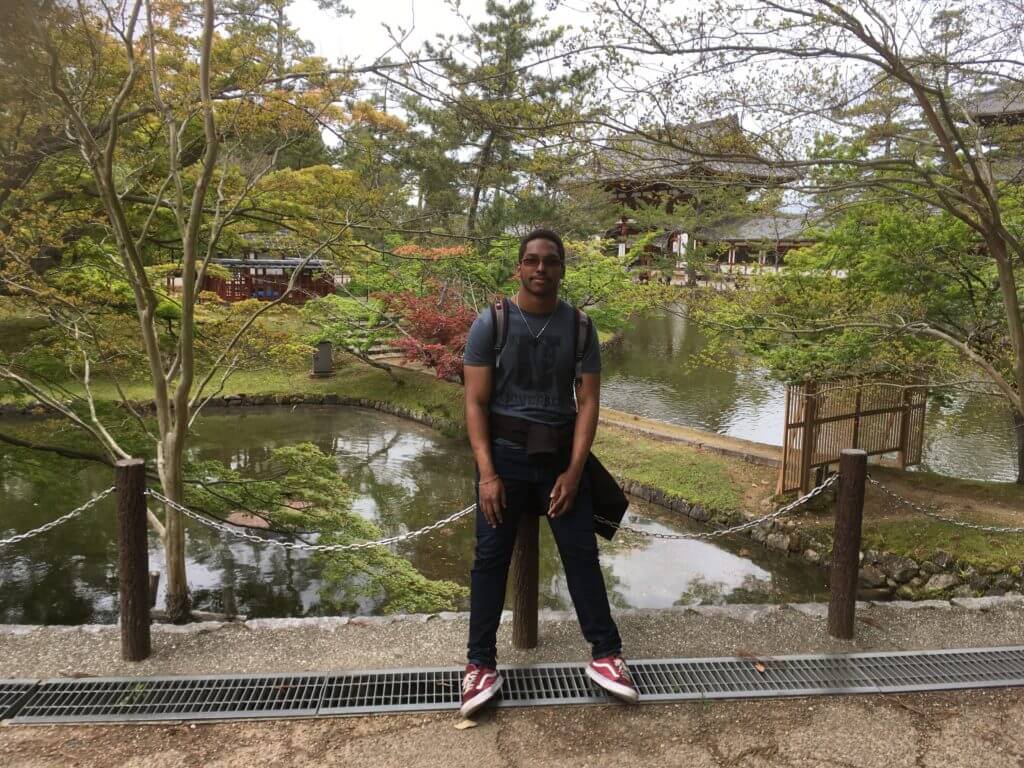
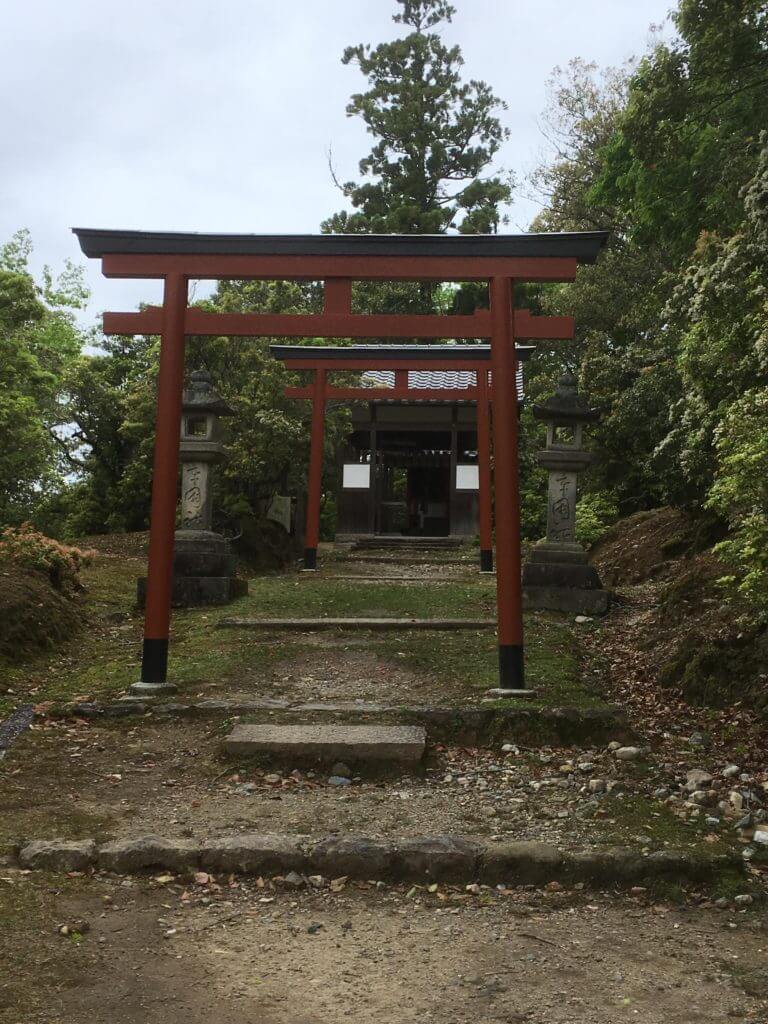
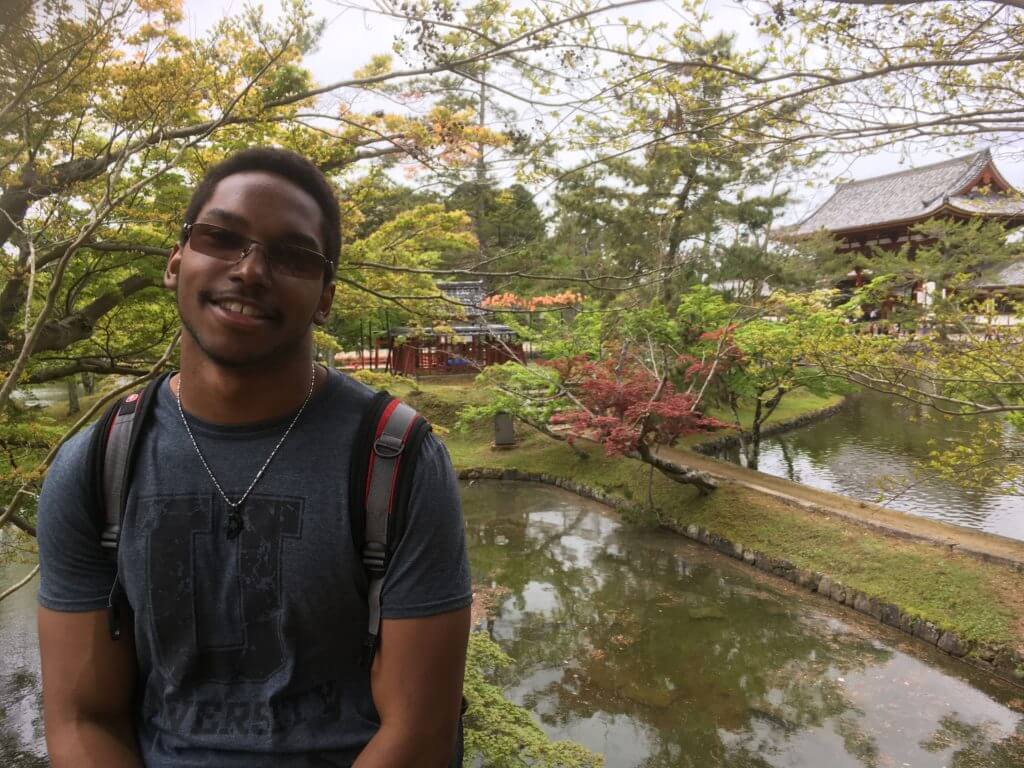
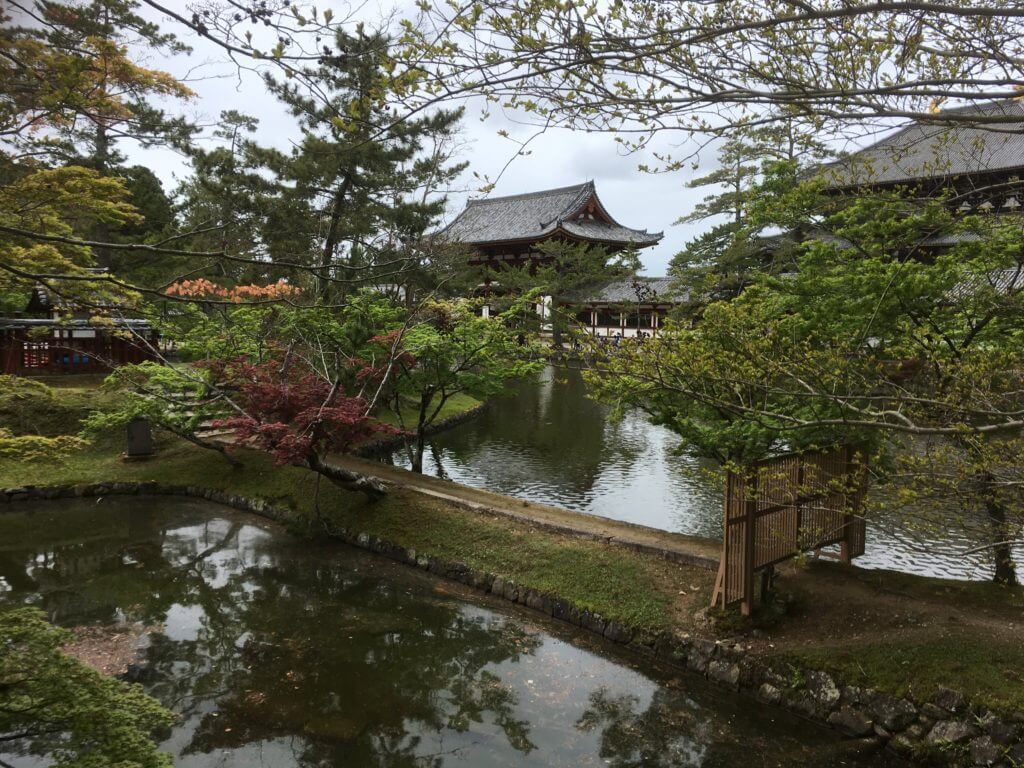
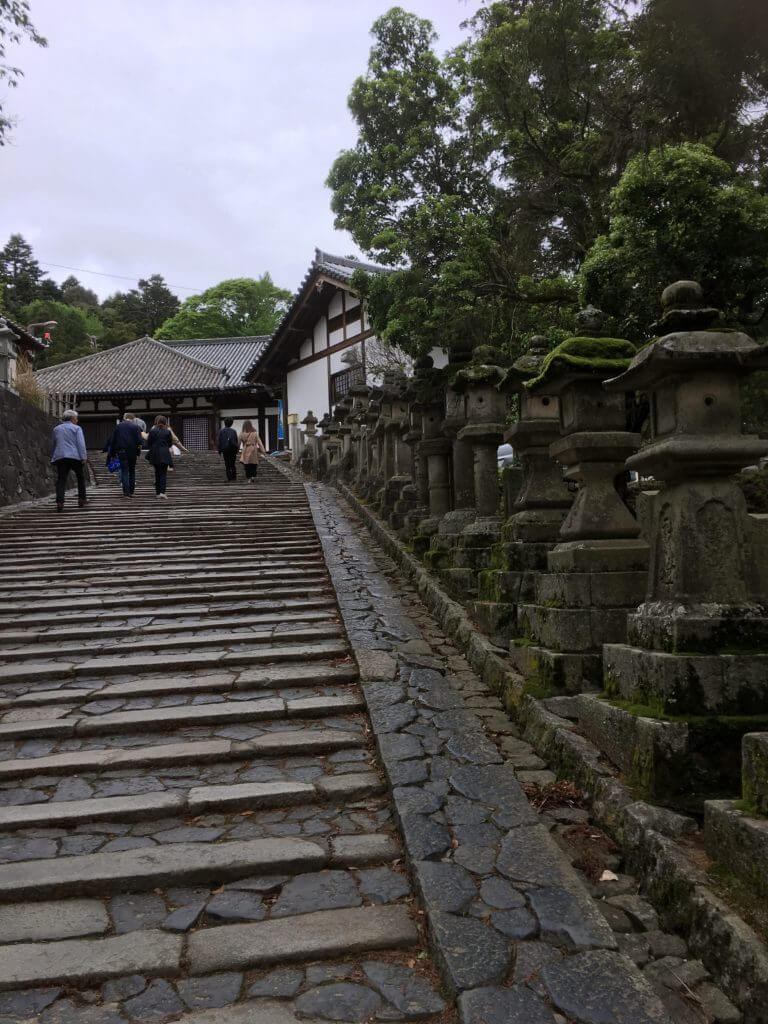
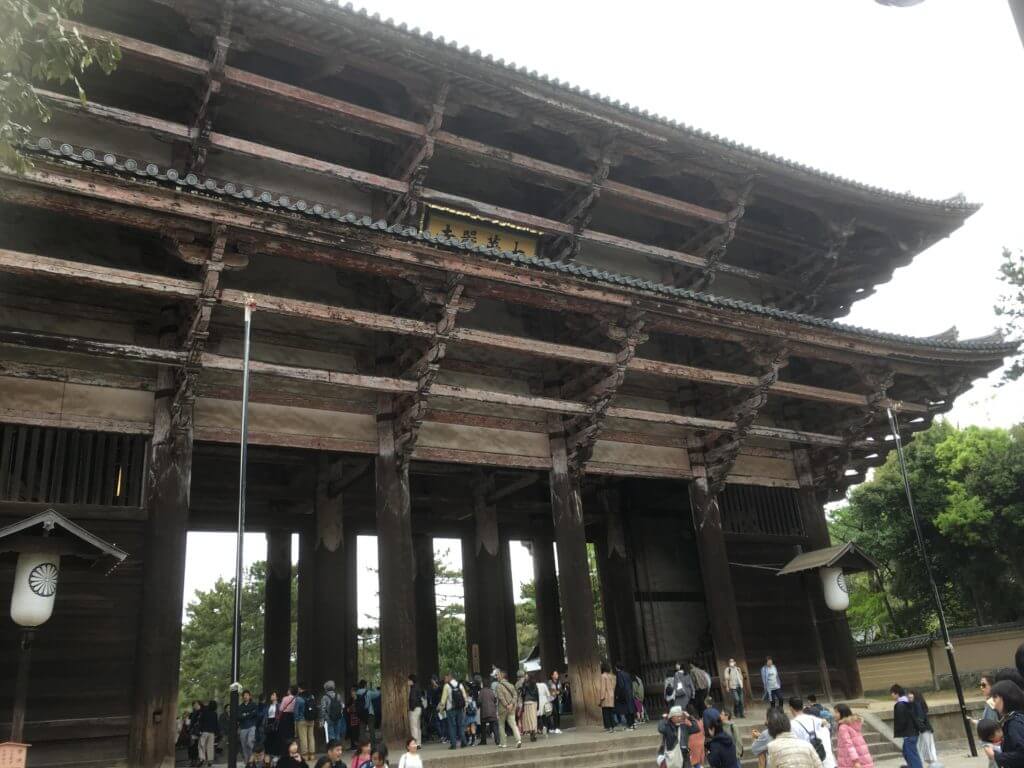
We went to another part of the park, and went into the basement, which was free, to see a few Buddha statues, as well as an exhibit on how to create them from a single piece of wood! There were many deer in this part of the city as well, as they were free to roam everywhere.
After that, we went back near the train station, and using the map of Nara, we looked up another thing to do. The Nara Craft Museum was very close via bike, and free! So we opted to go there. It had great exhibits with pottery, dolls, masks, and other creations from local artists. They had a documentary on how they made ink sticks for calligraphy as well. Although small, we enjoyed it, and would recommend it for anyone in the city!
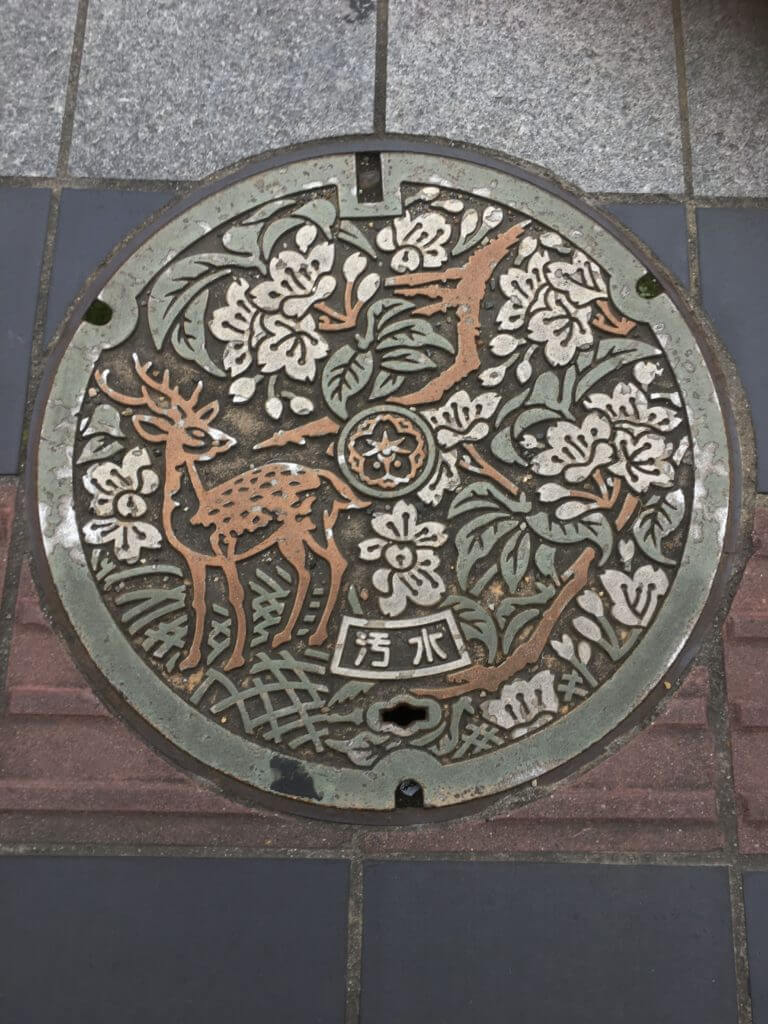
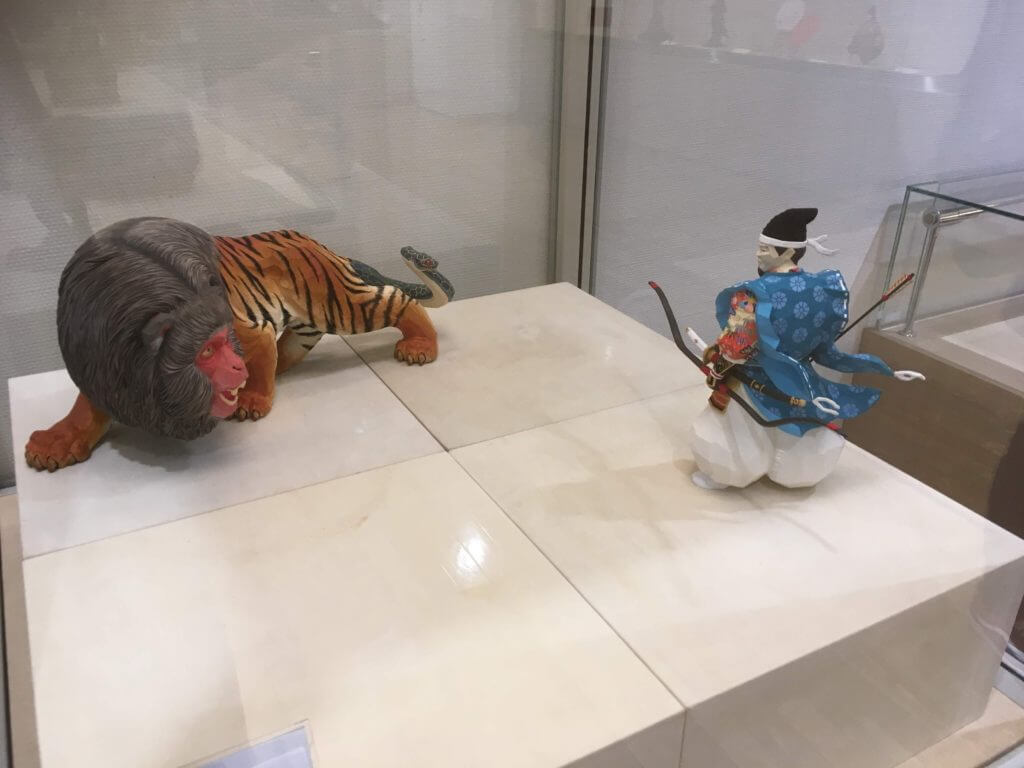
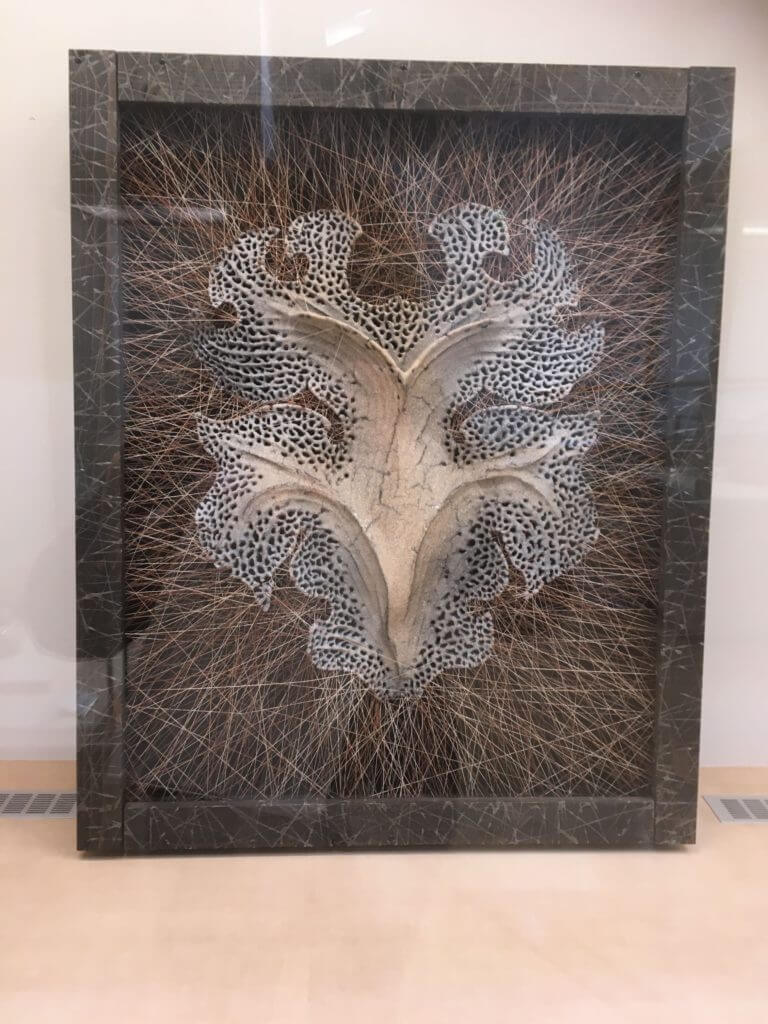

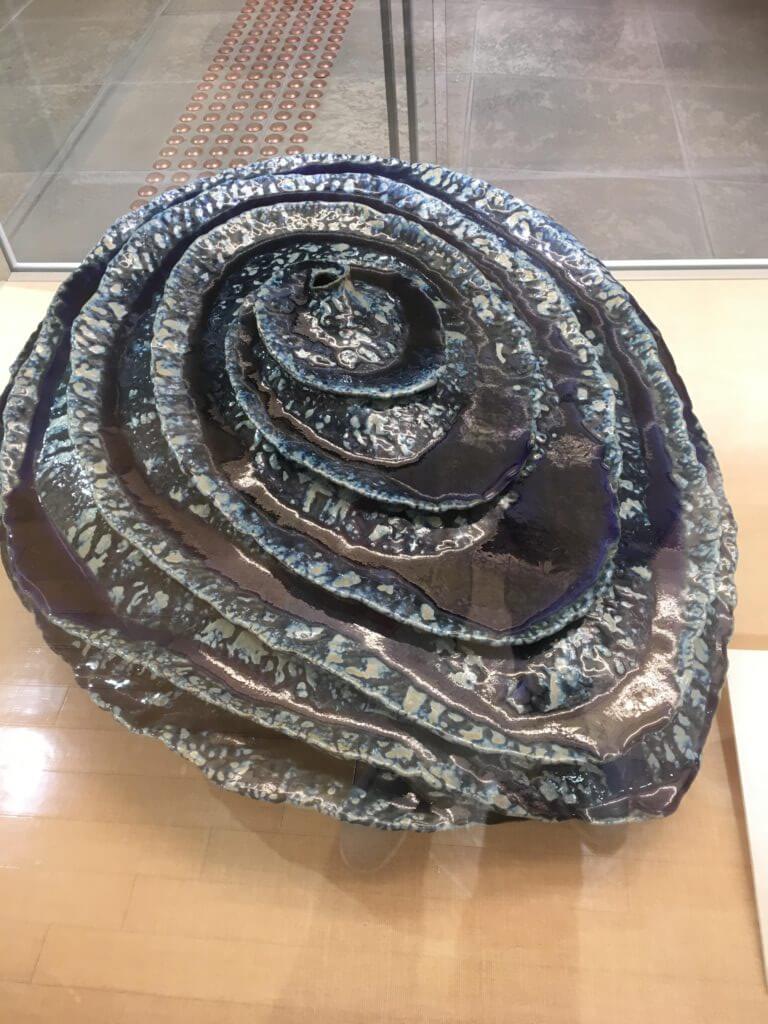
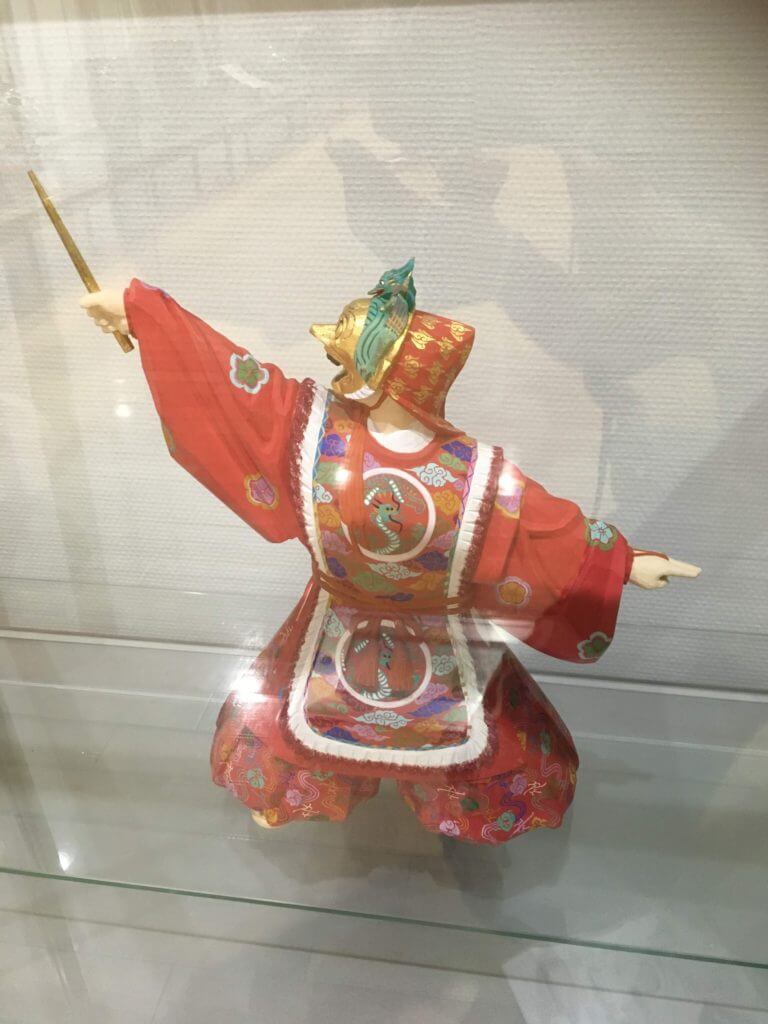
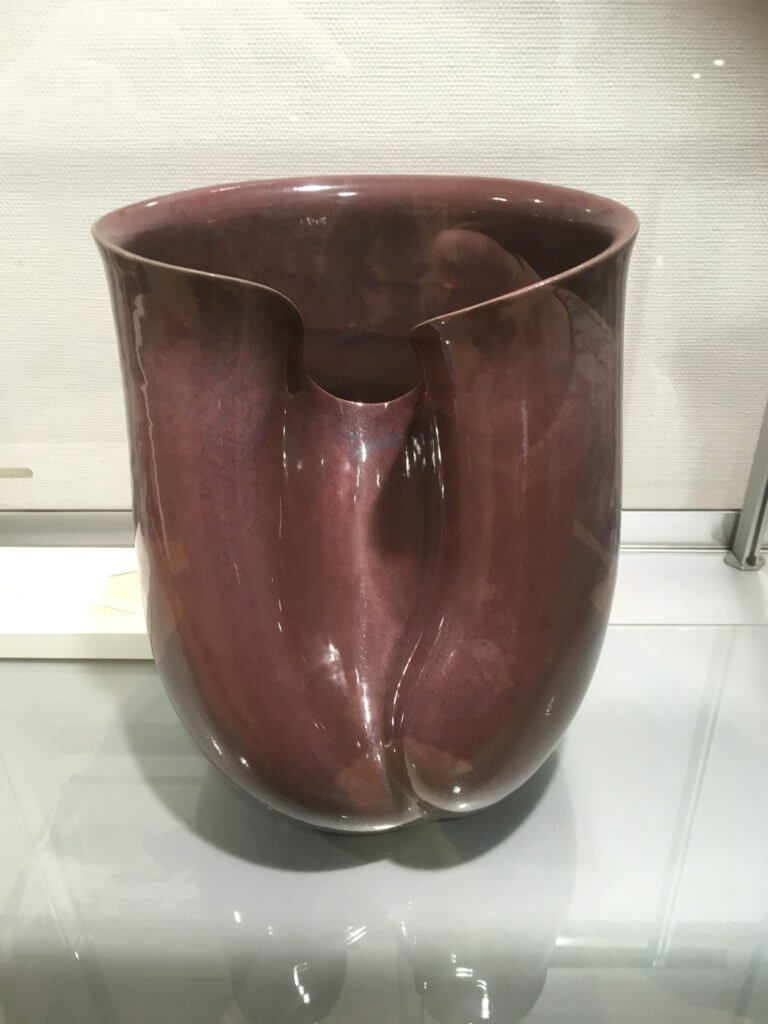
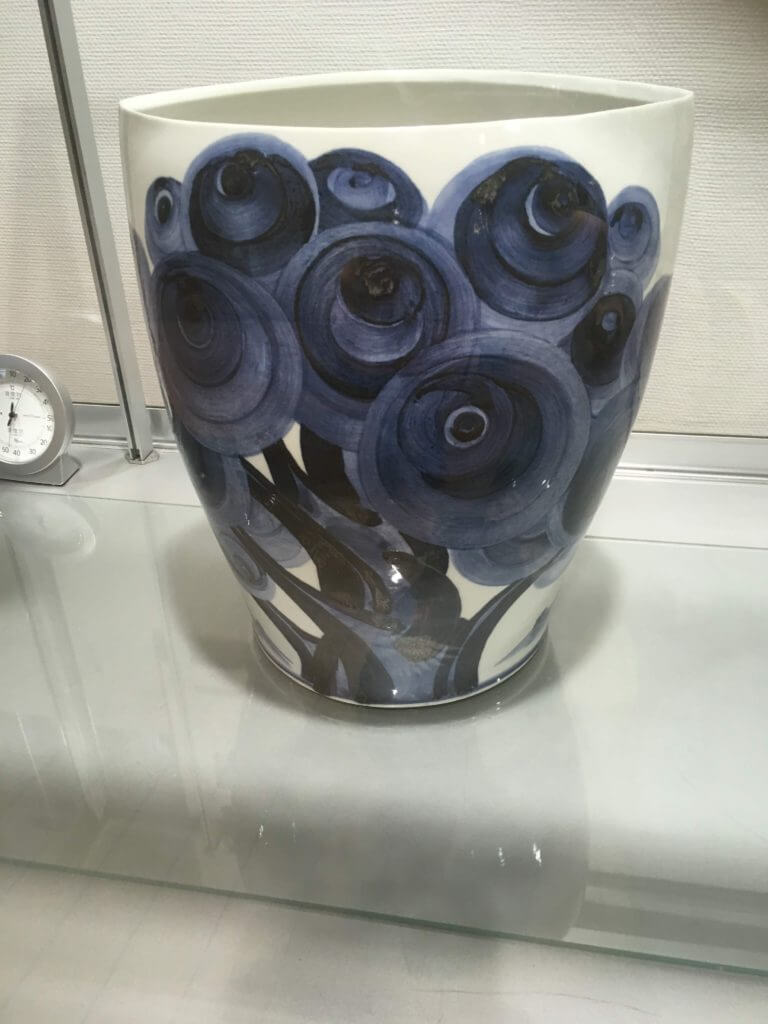
After that, we went to Sakura-dori street in order to get some food and sweets to eat. There was a sweets shop near the craft shop that would be a good option if someone was interested in it, but we passed it up to look for something else. We ended up going to a bakery and getting a few buns for later. Bakeries are ubiquitous in Japan, and the fresh baked bread and sweets get me all too often.
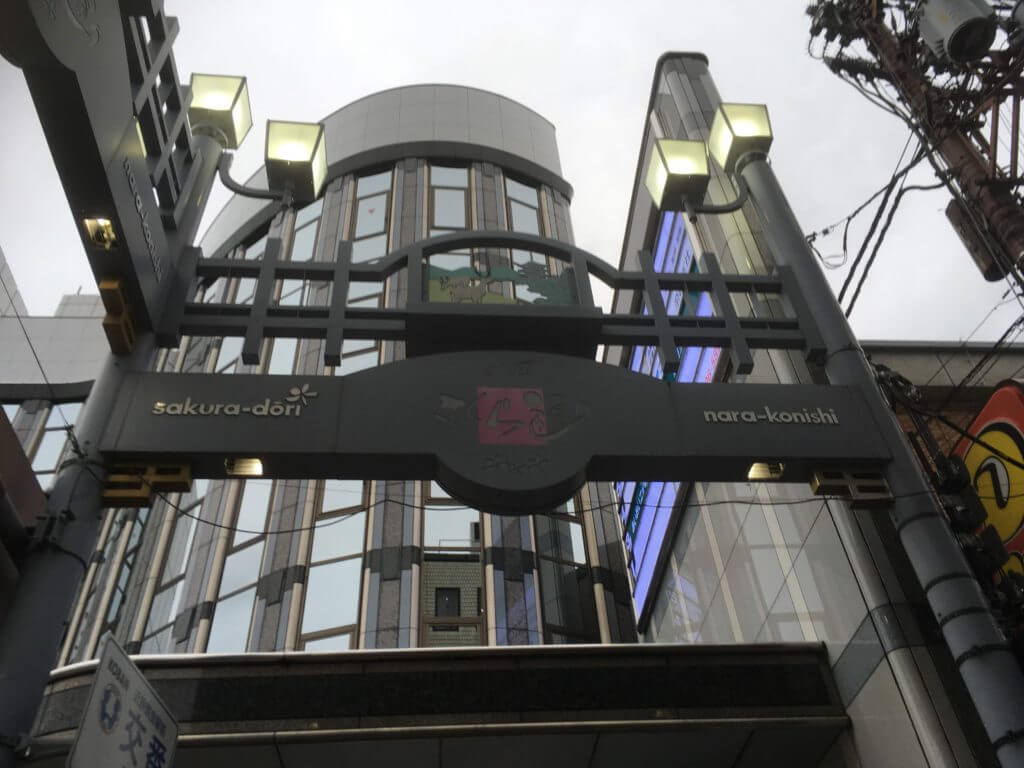
Christian wanted to try the local specialty food, and we found that it was “kakinoha zushi”, sushi pieces that were wrapped in persimmon leaves. We biked to the shop, having trouble finding it at first, as Google Maps wasn’t the most accurate. When we did find it, we got a box of 6 pieces, with 2 pieces of 3 types of fish (mackerel, salmon and red snapper) , so we could split it evenly. We sat in the very limited seating area. An Italian couple soon joined us, and we chatted with them while we admired and ate the sushi.
Pro tip: Do NOT eat the sushi with the leaves still on it! It’s just a flavoring to soak into the fish and rice, not something to eat with it.
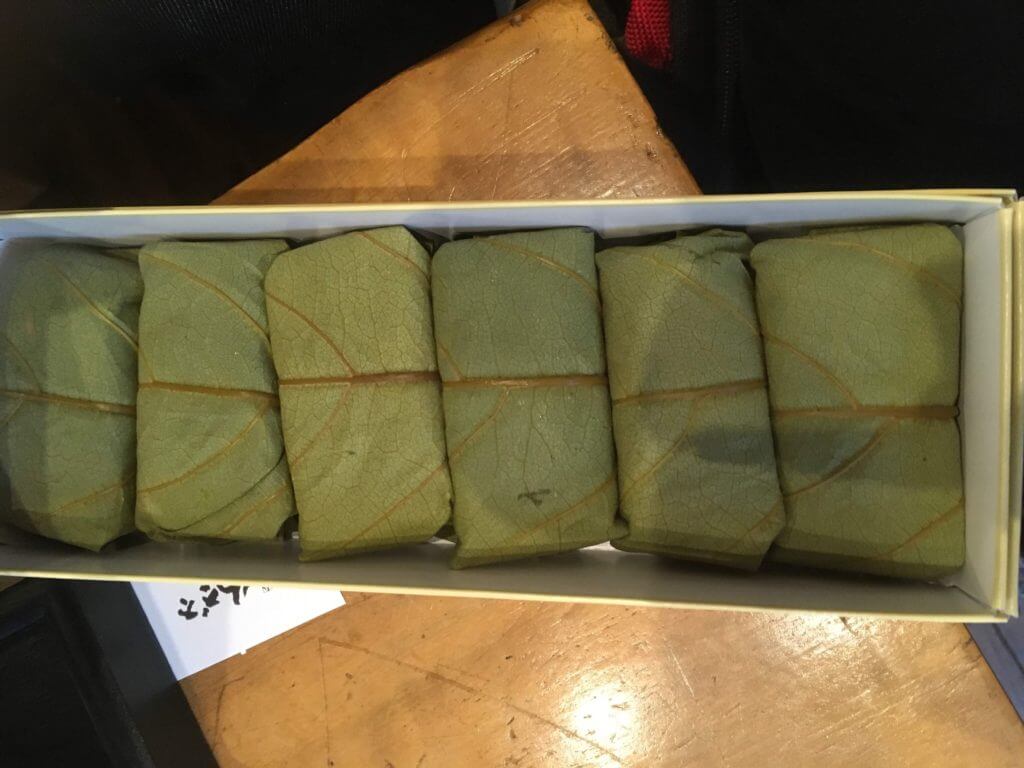
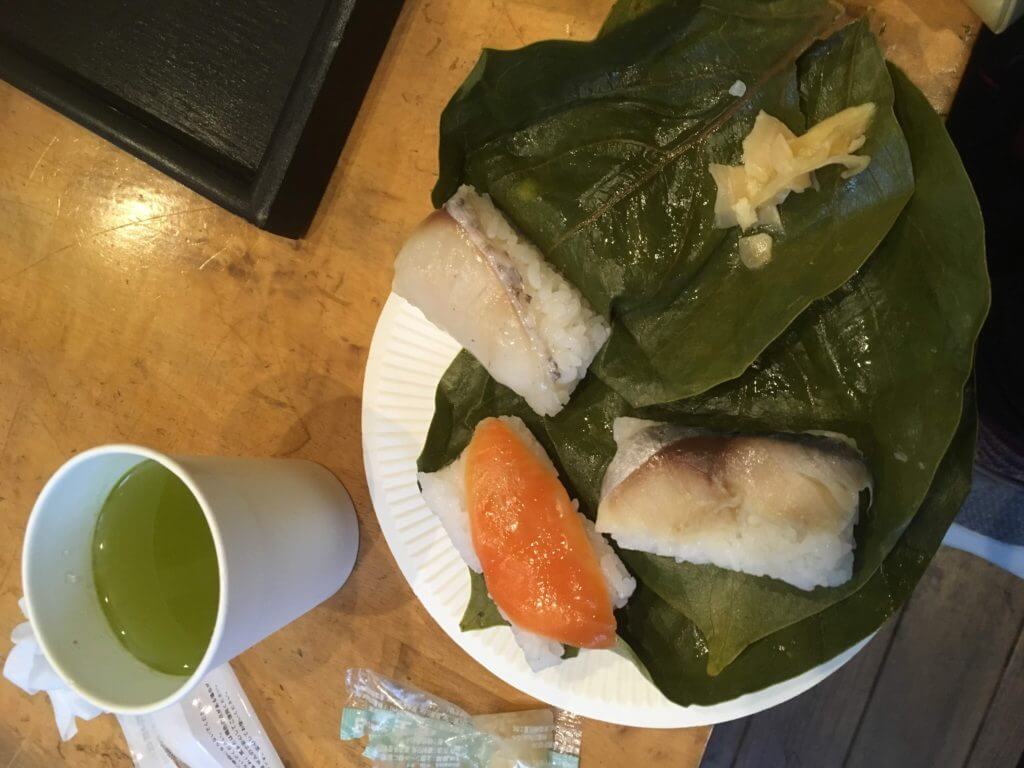
After this, we went to a nearby park to eat our buns, finding a second, better park afterwards. Heading back to the bike shop, we once again got lost, but we found a cool sculpture on the way. It was raining, but this path took us all around the city, and we got to see more.
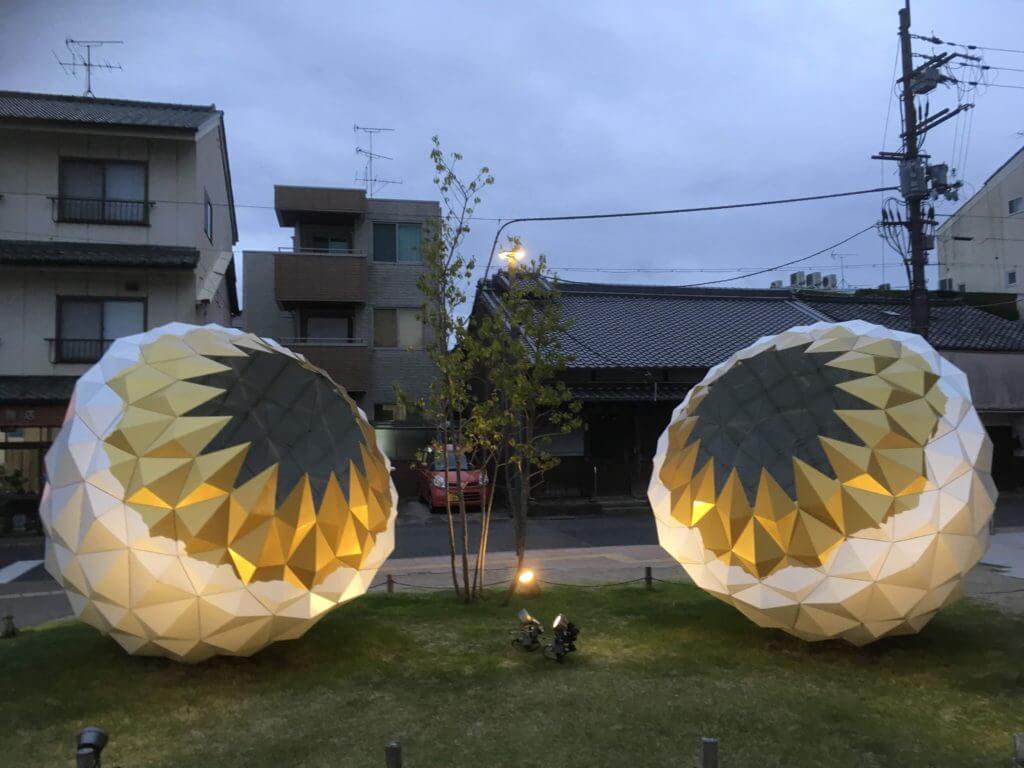
Afterwards, we headed back to Osaka, as we had signed up for a takoyaki-making party at our hostel. Before going in, we bought melon bread and apple bread from a sweet bread shop nearby. We talked to people from Japan, Mexico, France, and Hawaii who were in Japan, either as long-term travelers, or on vacation.
I went to the conbini down the street, and got a cola with alcohol called Strong Cola, which turned out to be one of the worst drinks I’ve ever had!! Highly do not recommend it. However, the takoyaki we made was amazing. Takoyaki literally means “fried octopus” in Japanese, and you have batter with different spices, as well as chives, tiny pieces of octopus, and whatever else you want. The mixture they had was great. Apparently you’re not a real Osaka person if you don’t own a takoyaki pan! They let a few of us make the takoyaki, and Christian jumped at the chance.
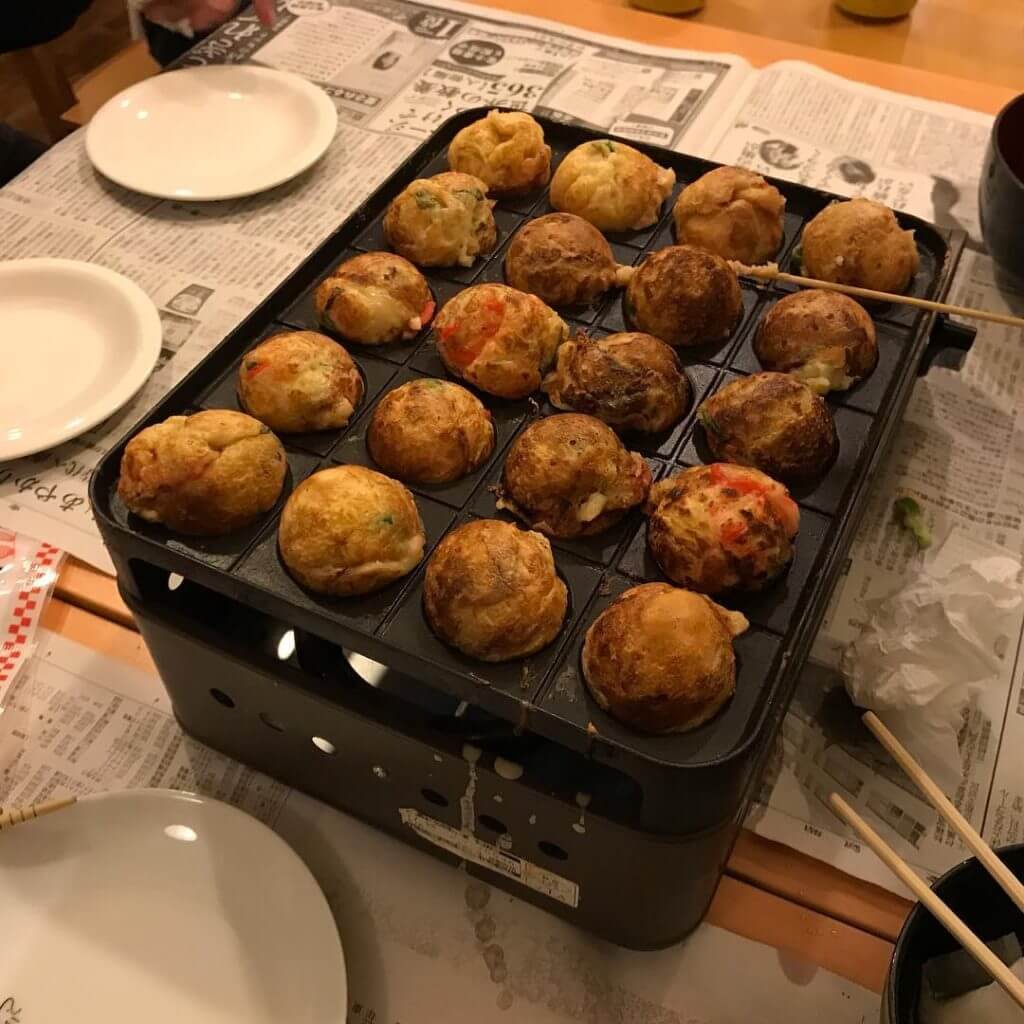
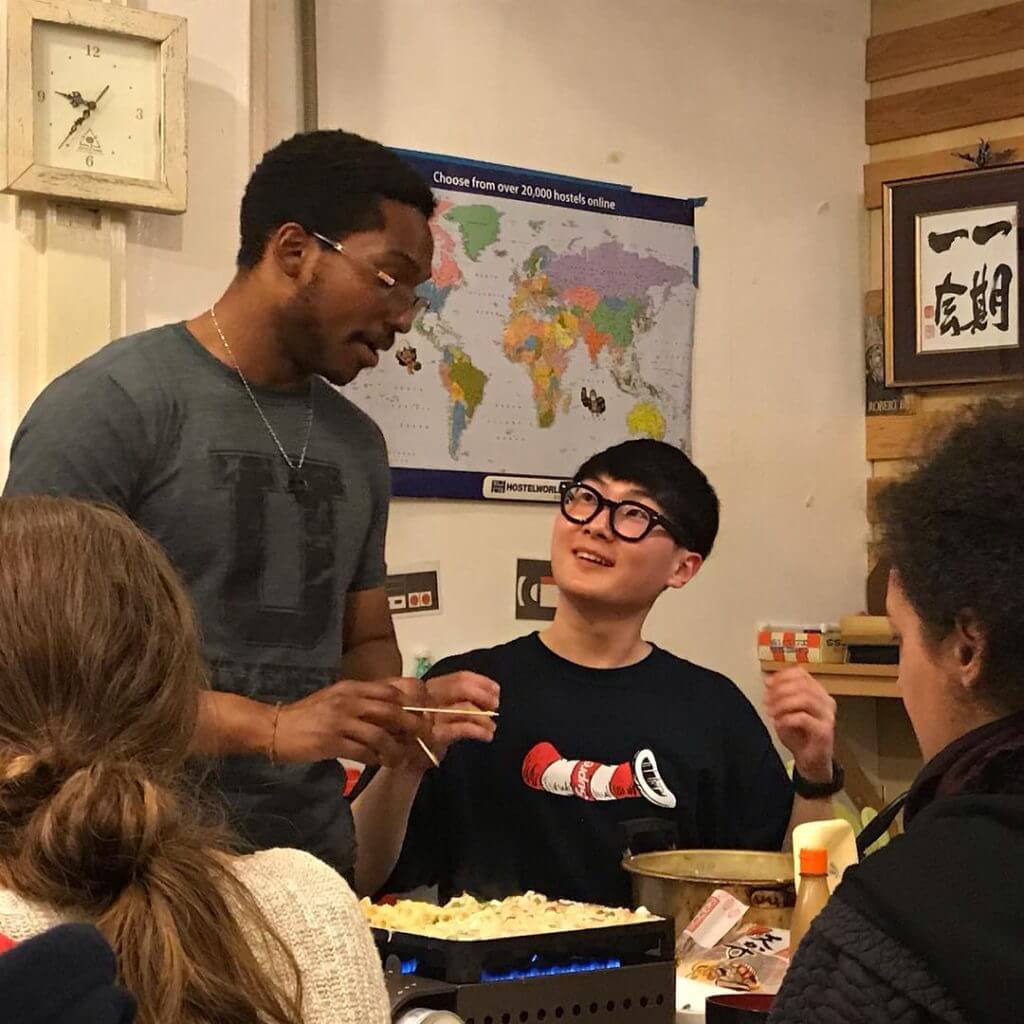
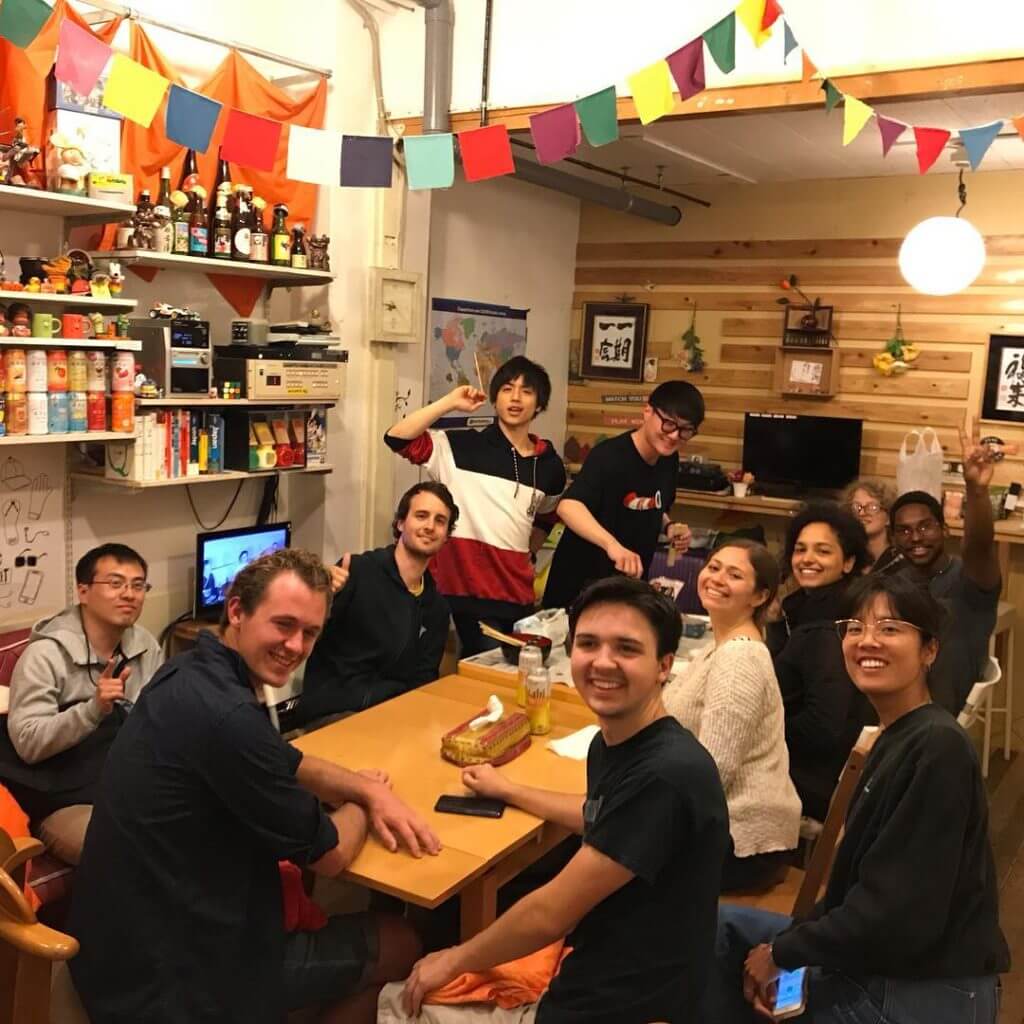

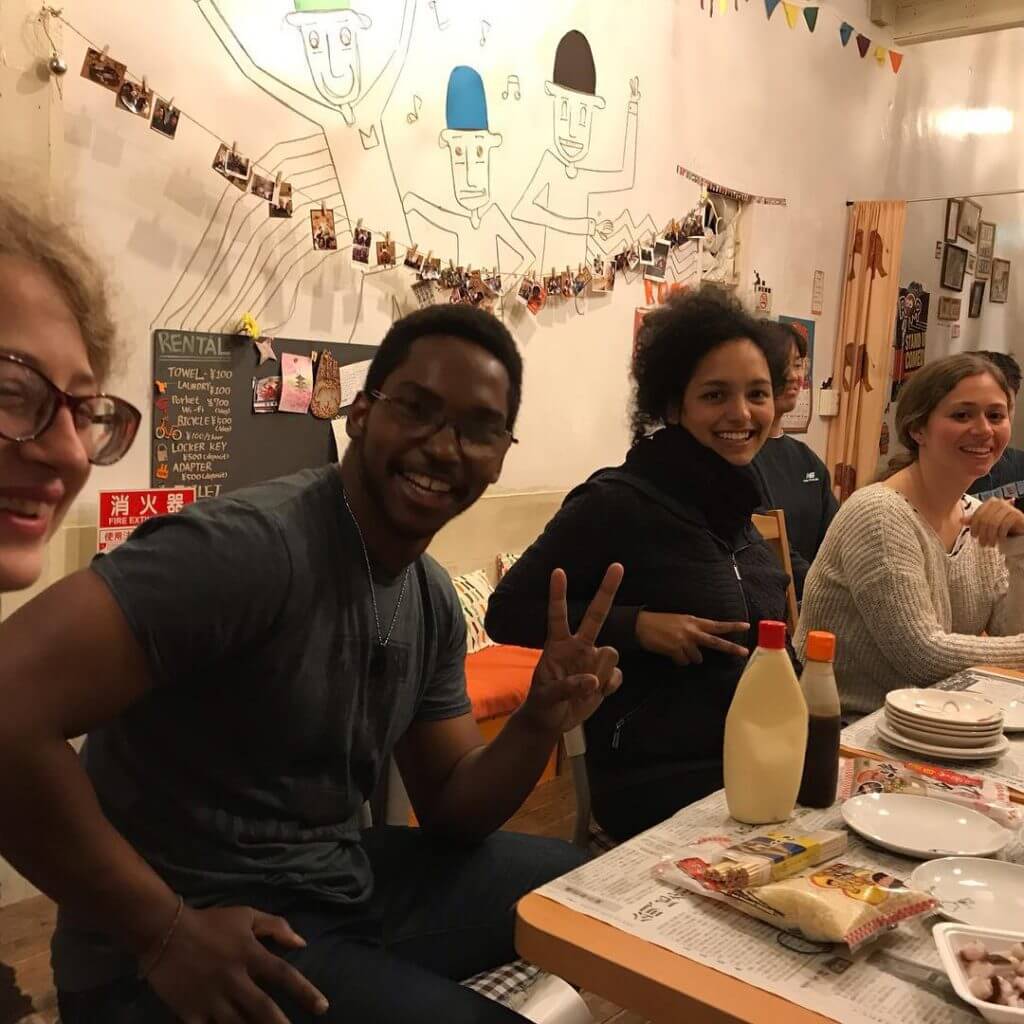
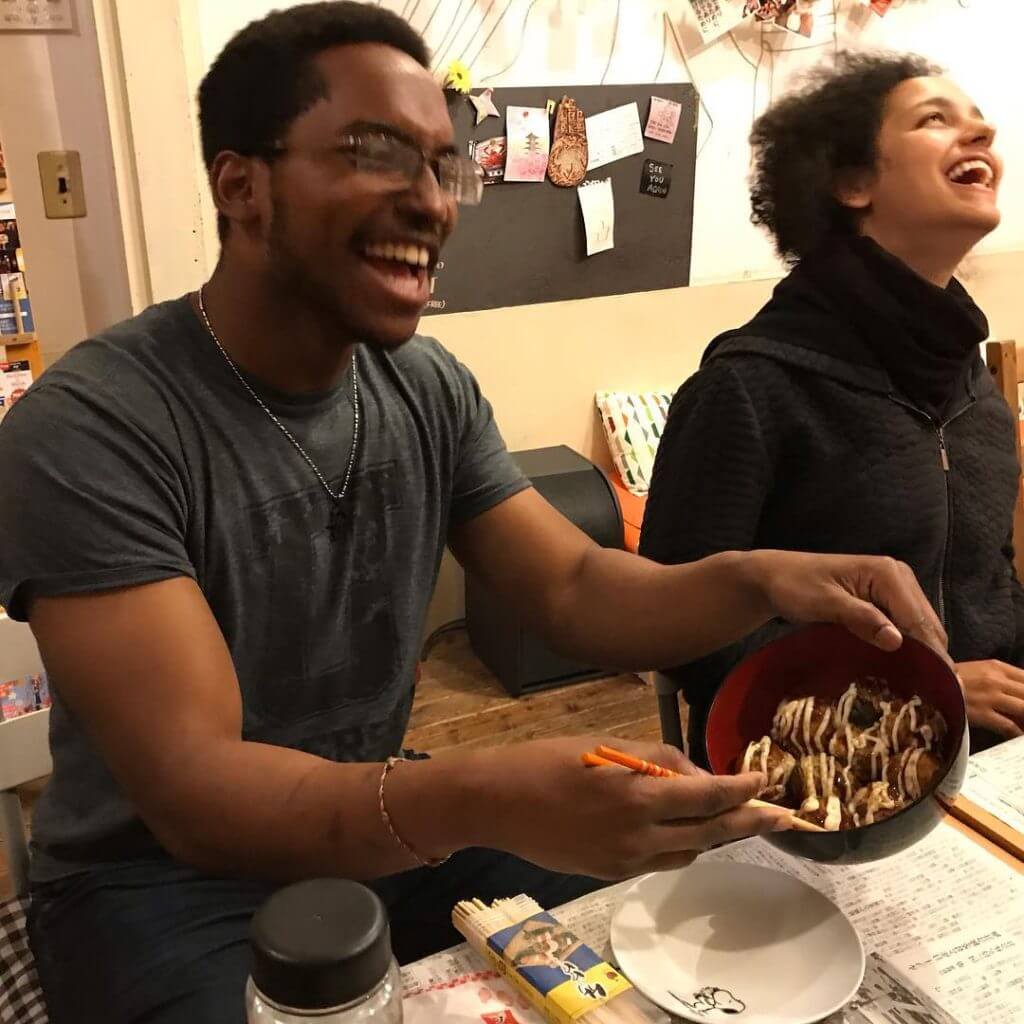
Kobe: More than Just Beef
In the morning, we headed to Kobe. We were on a mission to try the famous Kobe beef! We had heard that there were cheaper options in Chinatown, so that was on our list.
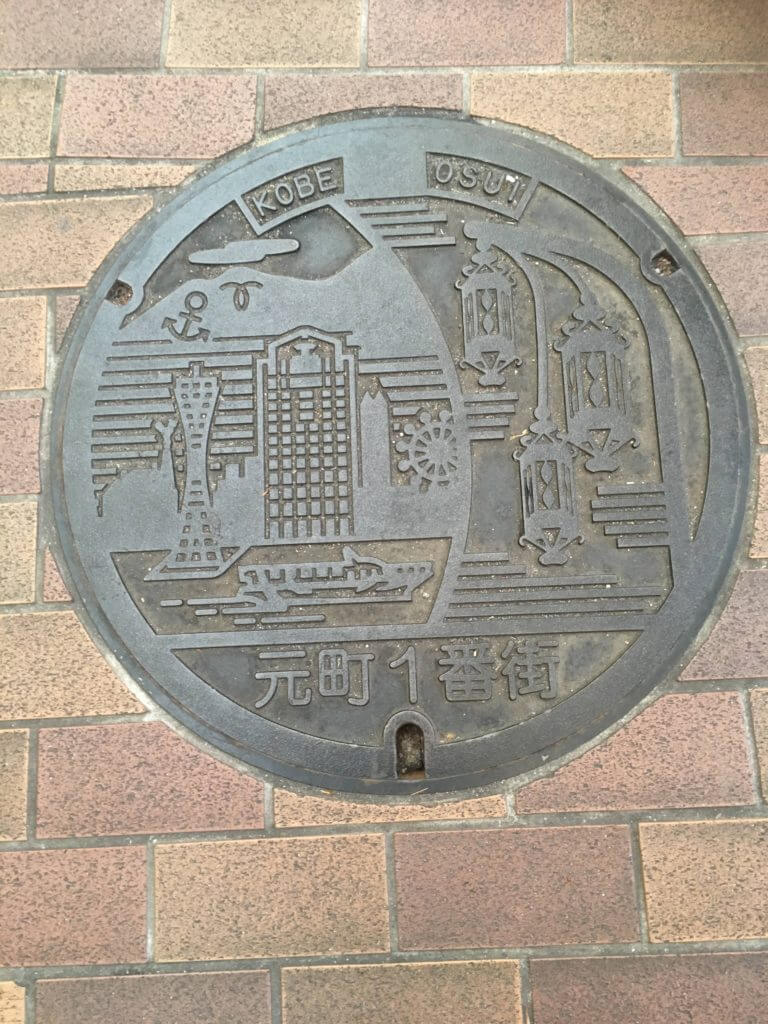
Almost as soon as we got off the train, there was the Motomachi shopping street. We looked for a famous sweets shop, but after a passerby asked if we needed help, we found out that that day, Wednesday, was the day the shop was closed. Shrugging our shoulders, we continued on.
We wandered around Motomachi Street, with Christian being enamored by the same traditional Japanese sweets shop all 3 times we walked by it! I ended up getting some sesame crackers from there. We also got some juice from a honey shop, both sweetened by honey, one blueberry and one yuzu (aka Japanese lemon).
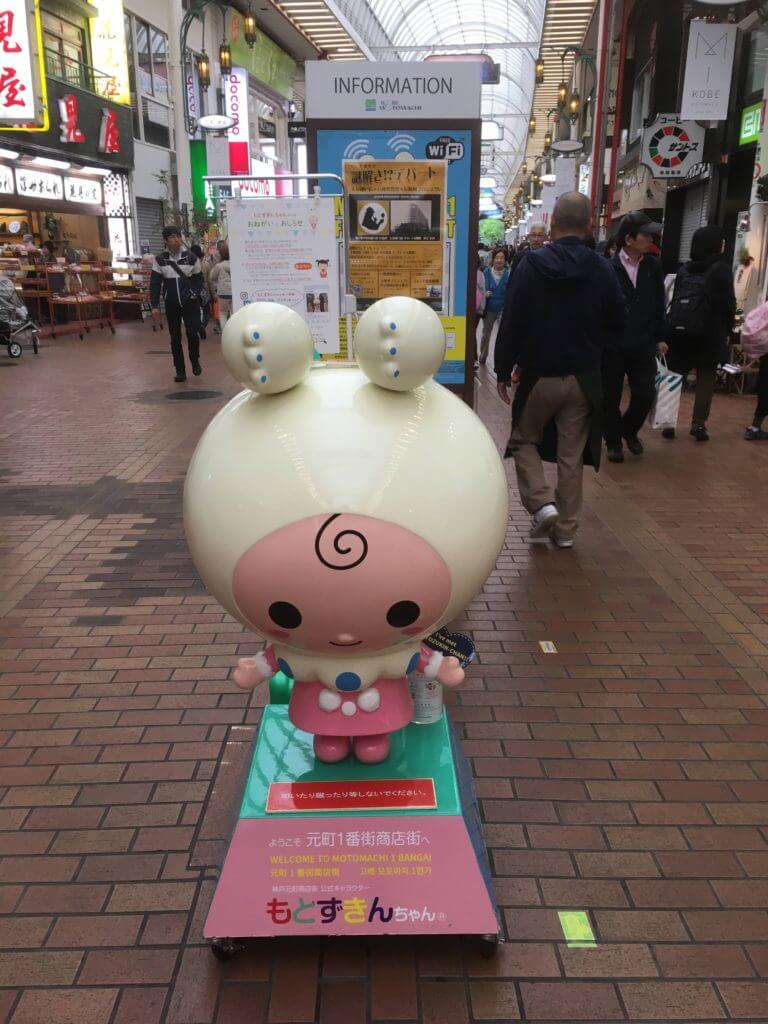

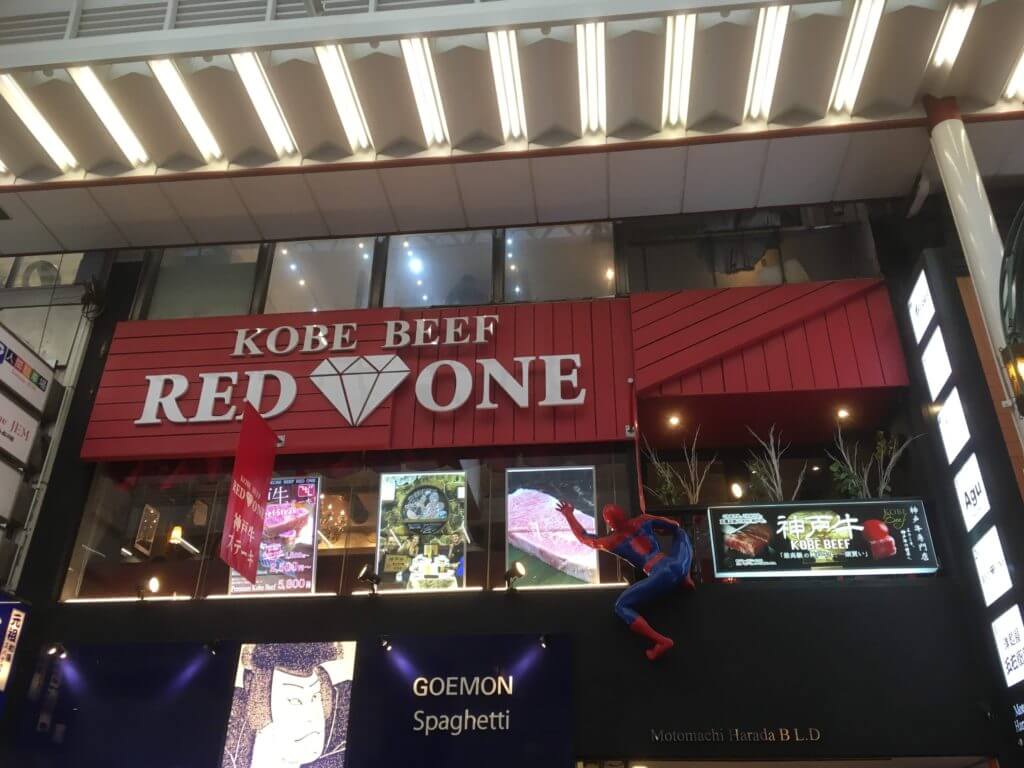
We had planned to go to Nurobiki Falls, but it had been raining just enough to make a hike unappealing. So we opted to go to the pier, which also had an Earthquake Memorial Park. Despite the cloud cover, it was a beautiful area, and we spent about an hour there.
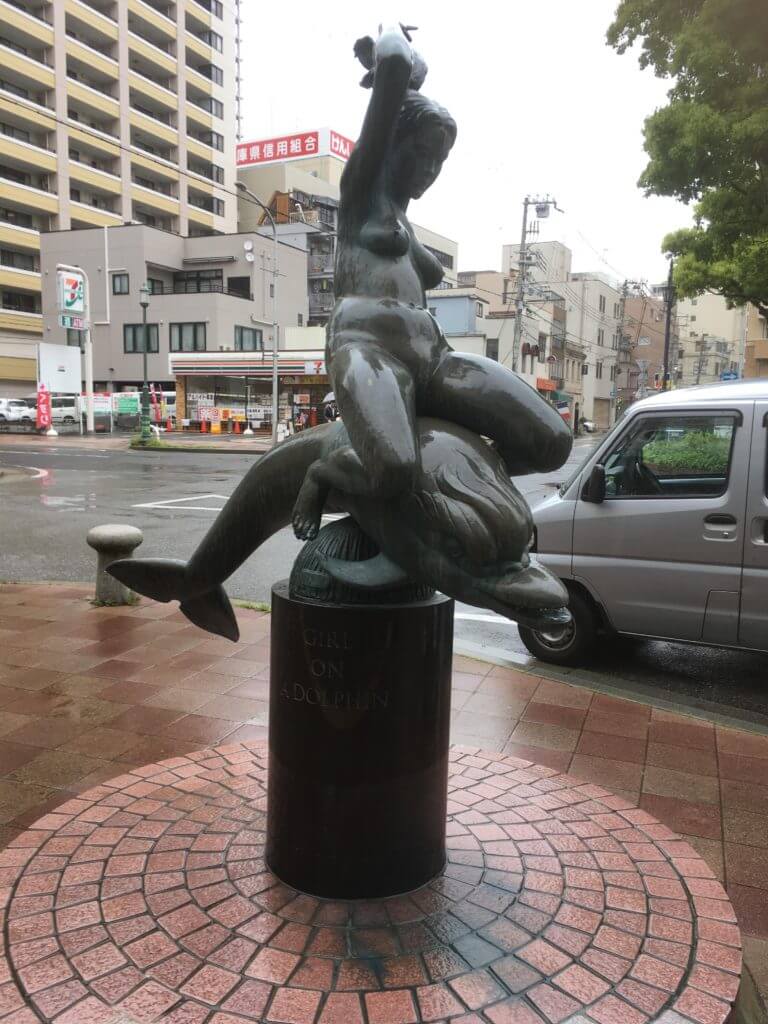
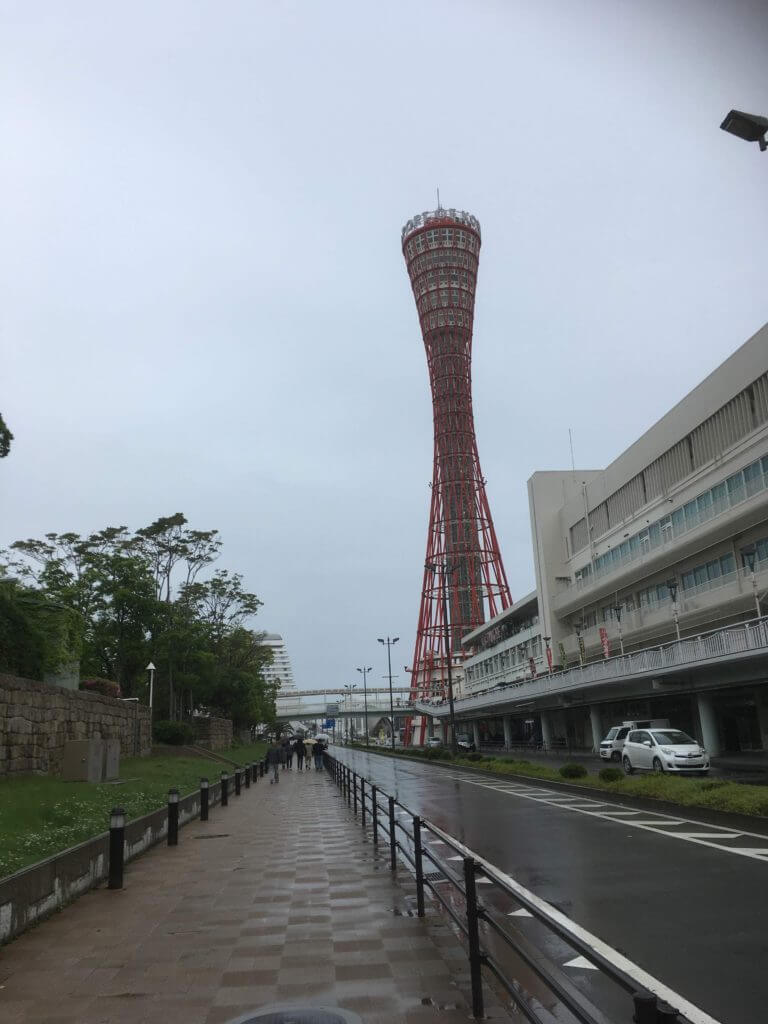
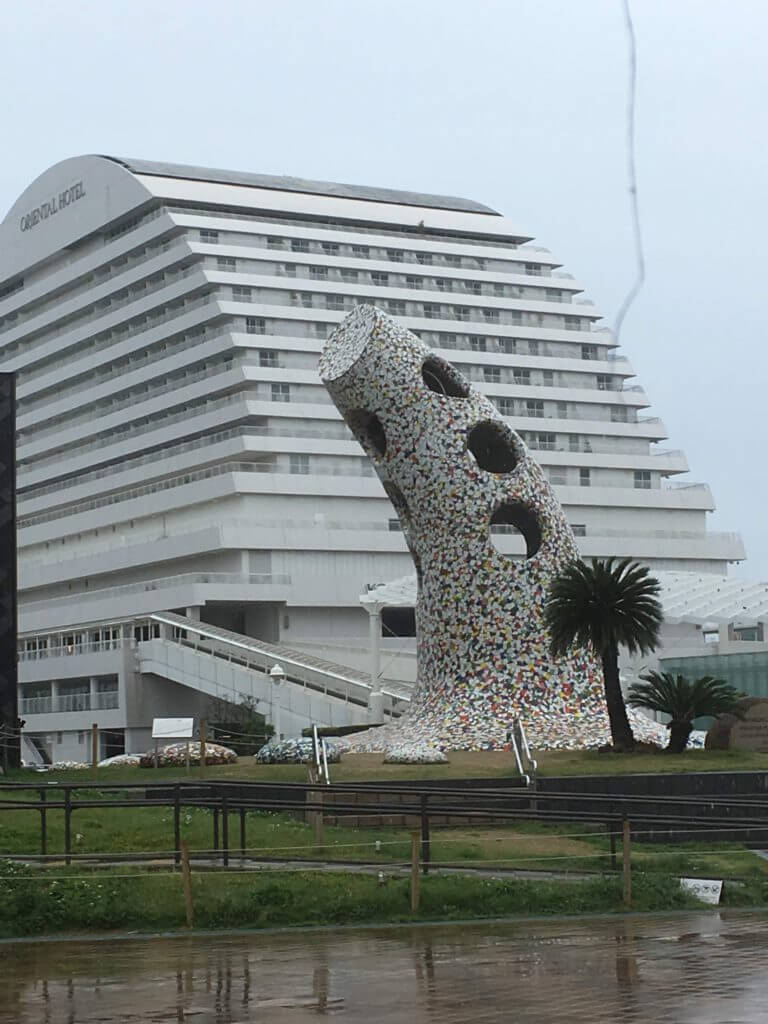
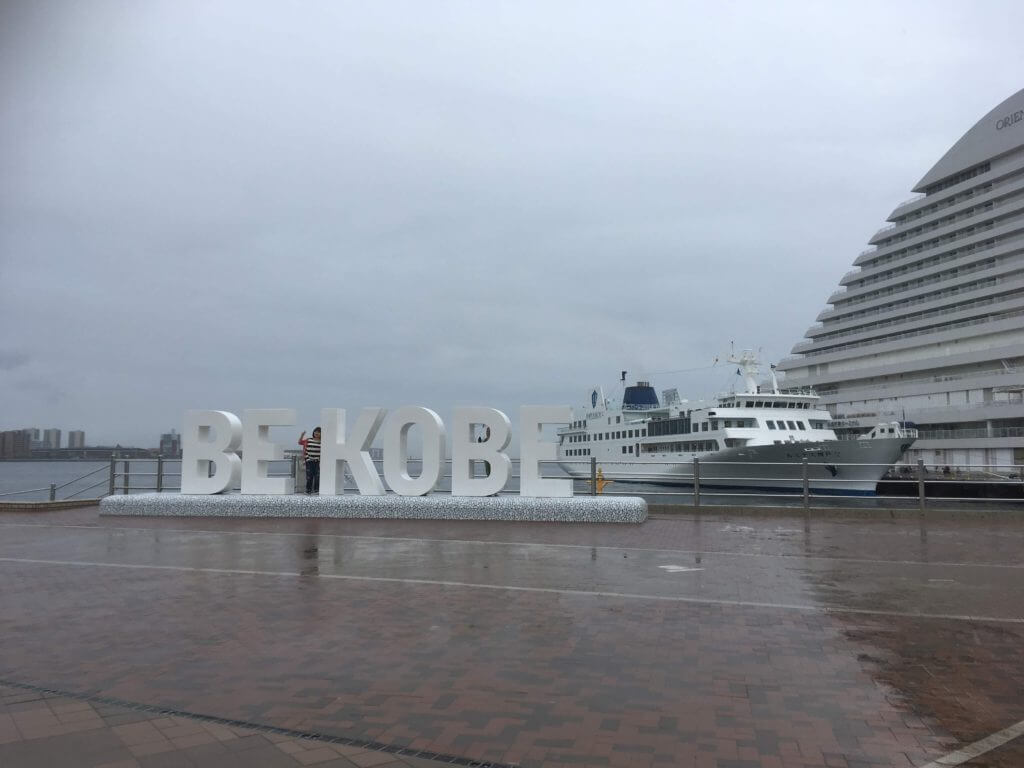
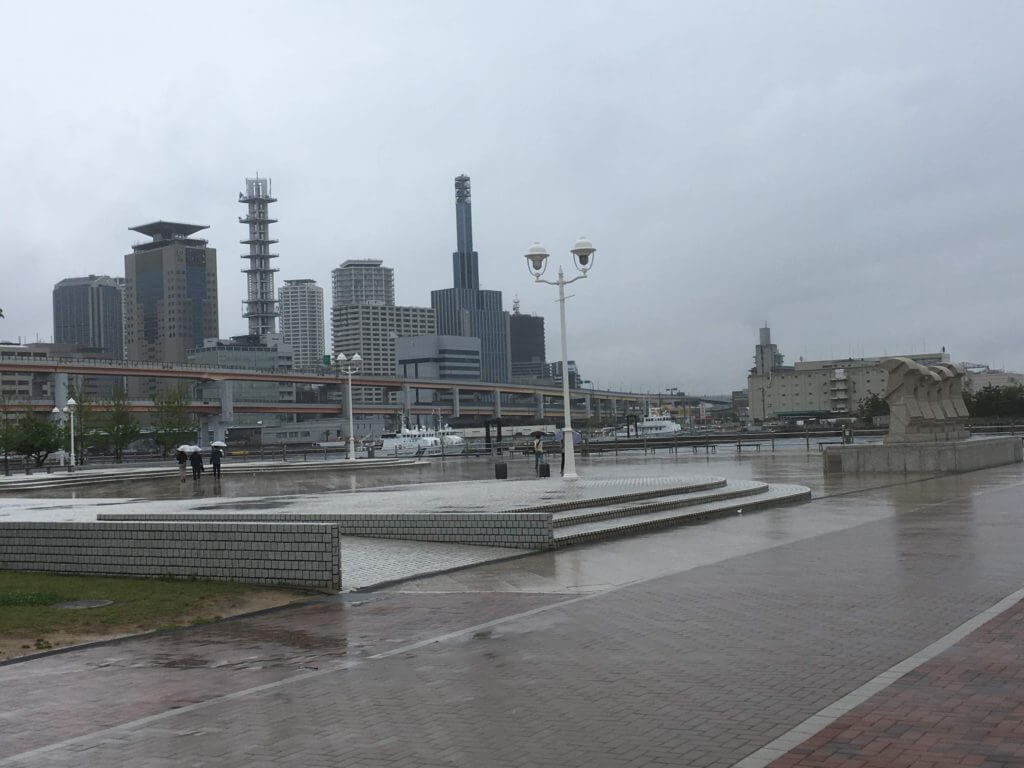
There was an area dedicated to the 1995 Kobe Earthquake, that hit magnitudes over 6, and devastated the pier area, as well as most of the central business district. They even had pieces of the old bridge on display that were shattered in the earthquake. We were shocked that the Kobe earthquake was as strong as it was. Christian had lived through the devastating 2010 earthquake in Haiti, and it was on the same scale.
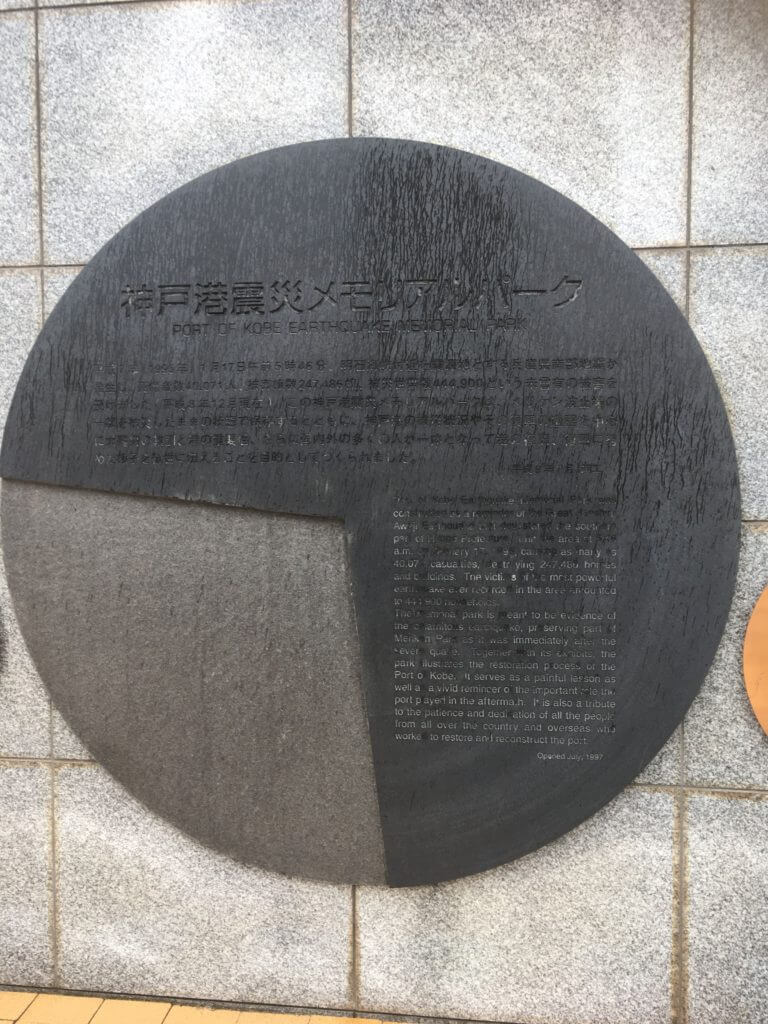
There was an Earthquake Memorial Museum as well, but we felt like we had gotten enough information from the park. So we made our way to Chinatown to get some famous Kobe beef! (Luckily, everything was in walking distance of each other in this part of the trip.)
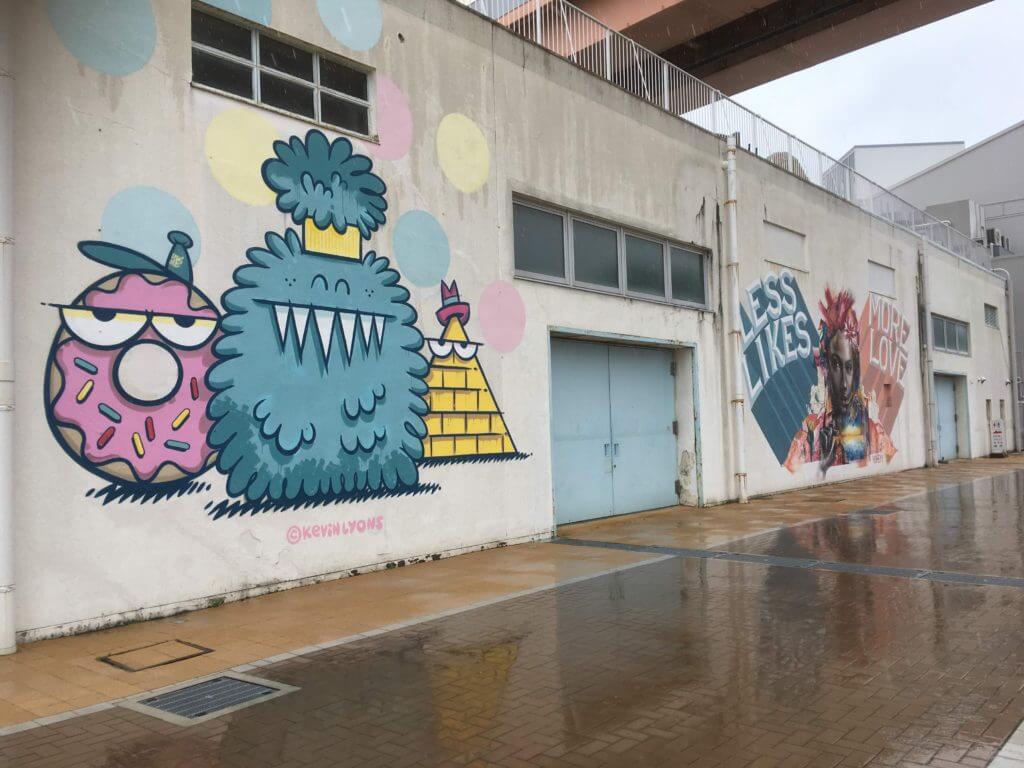
When walking into Chinatown, we were approached by a couple restaurants that had more expensive Kobe beef, as well as a buffet with some beef included. However, the cost of these restaurants was a bit prohibitive, and we opted to keep walking around.
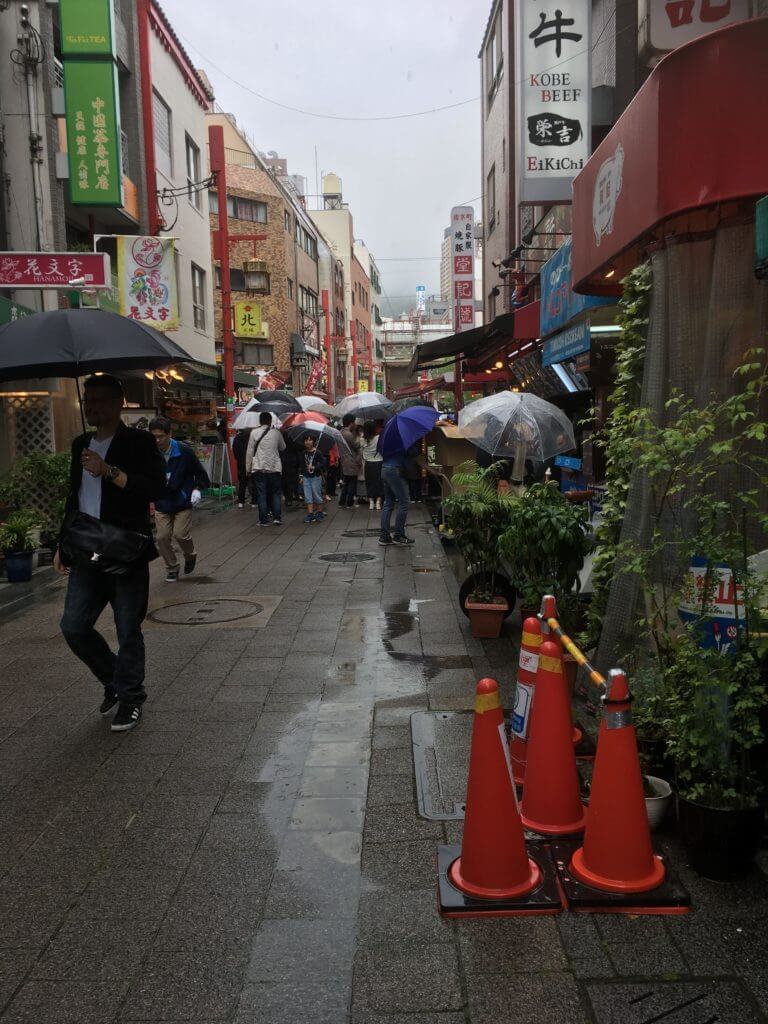
We were glad we did, because soon after, we saw a place with a sign of “Kobe Beef” with teppenyaki (grill top beef), beef ramen, and more expensive cuts. I tried the teppenyaki, which came with vegetables, and Christian tried the ramen. It was hard to find a spot to eat, as it’s customary in Japan to stand and eat…. and the crowds and the rain didn’t help matters! Trying to hold an umbrella while eating such tender beef was a very interesting experience to say the least! But it was definitely worth it. The beef, although I got a slightly cheaper cut, was both tender, fatty, and totally unique. Definitely worth it for the 1000 yen (maybe about $9.50) that I paid for the small piece. The ramen was even cheaper at only 500 yen.
So, as a takeaway, Kobe beef can be bought cheaply from Chinatown, if you don’t have the budget for one of the sitdown restaurants!
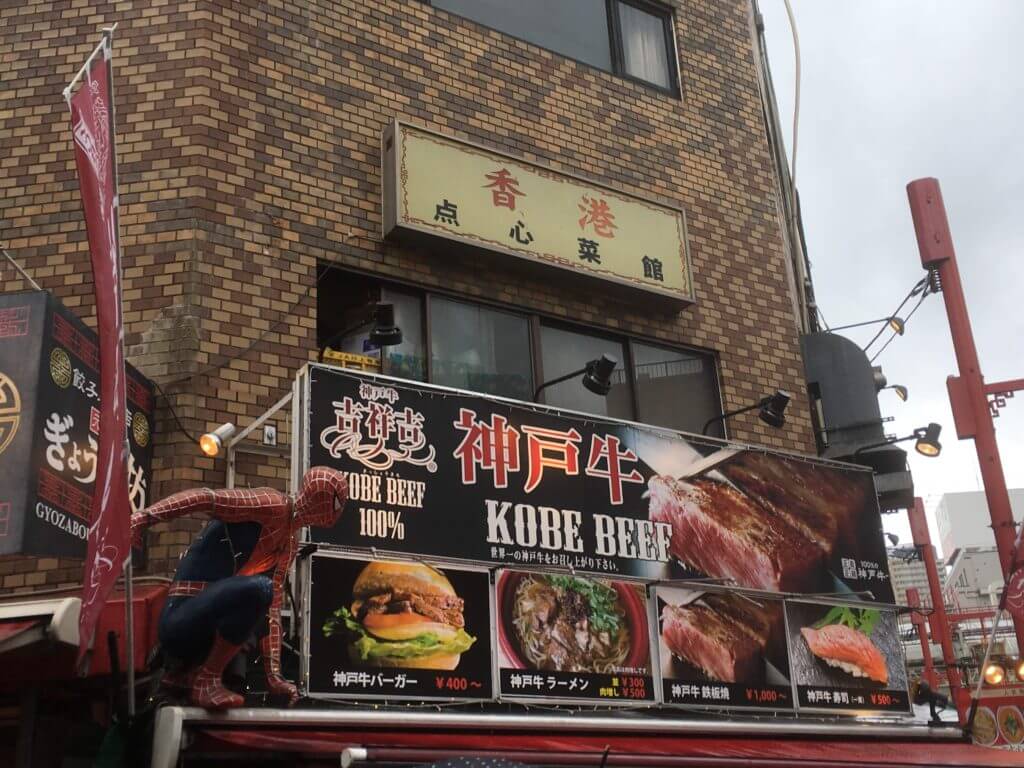
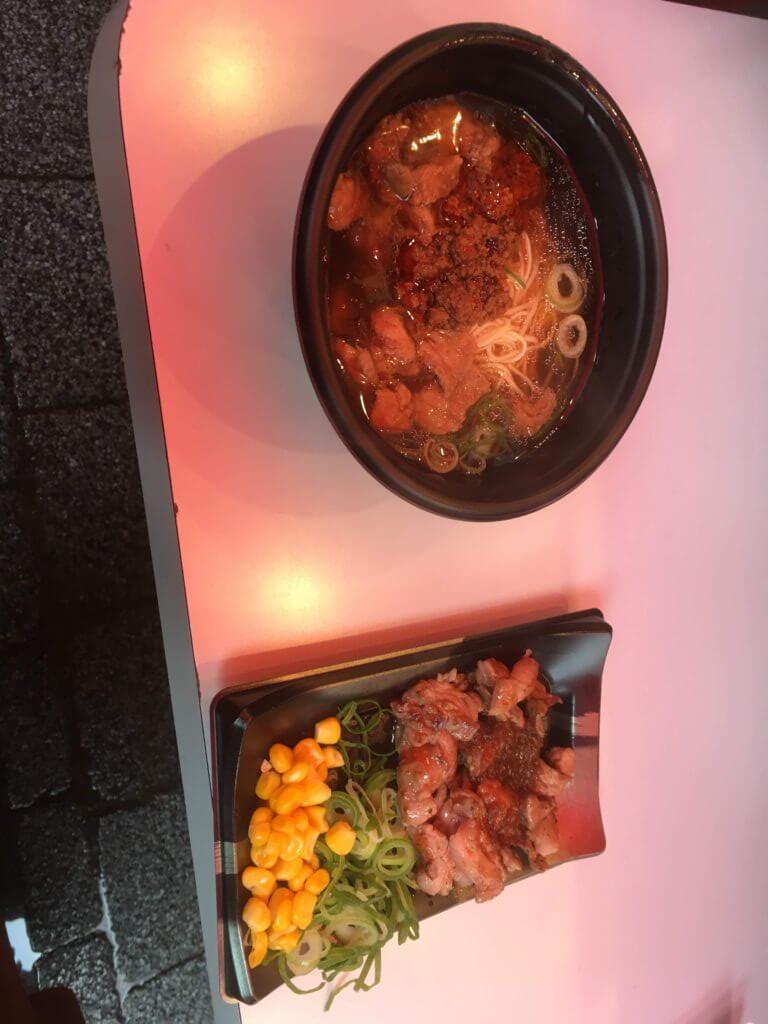
After this, we continued on, eating our way through Chinatown. I got a custard bun shaped like a chick, and a bun with a beef patty inside.
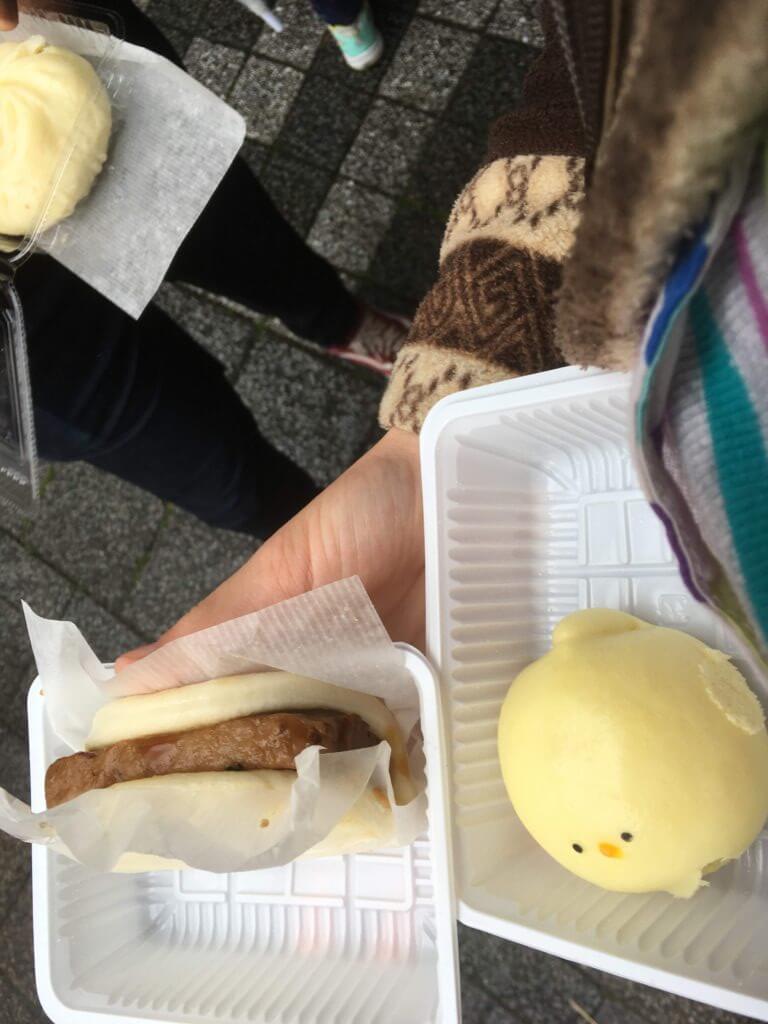
A girl next to us had a stick of candy-coated strawberries. I recognized them from my time in China, and my eyes lit up! I asked her where she bought it, and we headed that way. I got them, and Christian got strawberry kakigori (shaved ice) with condensed milk on top. It was a perfect ending to our time in Kobe!
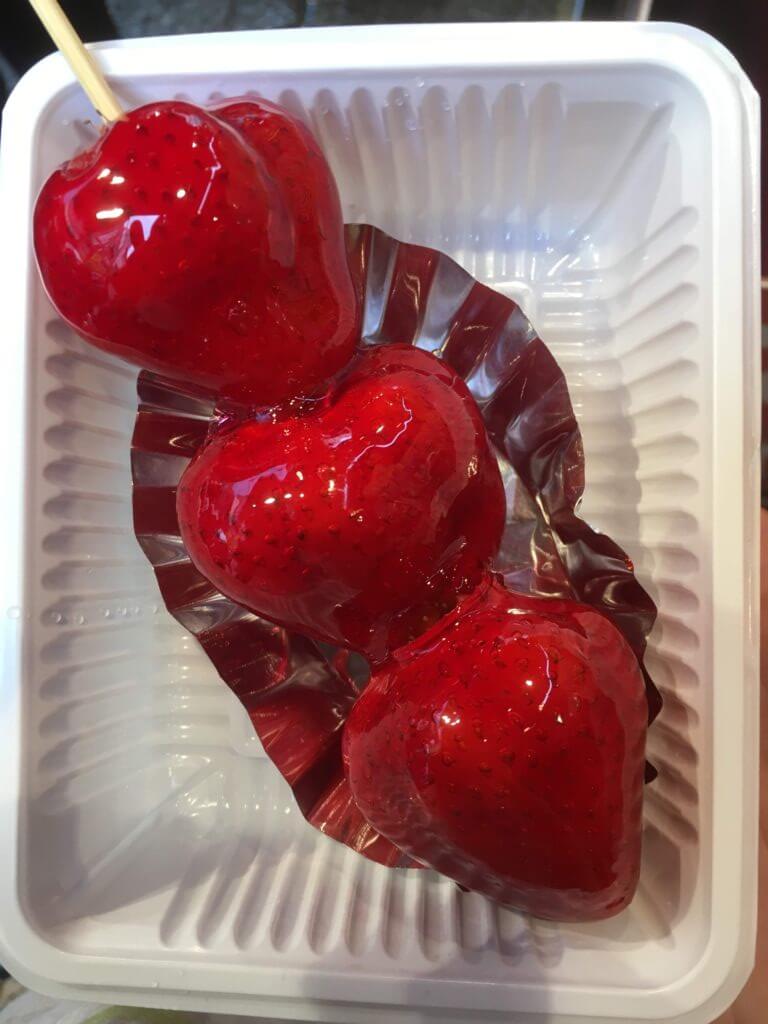
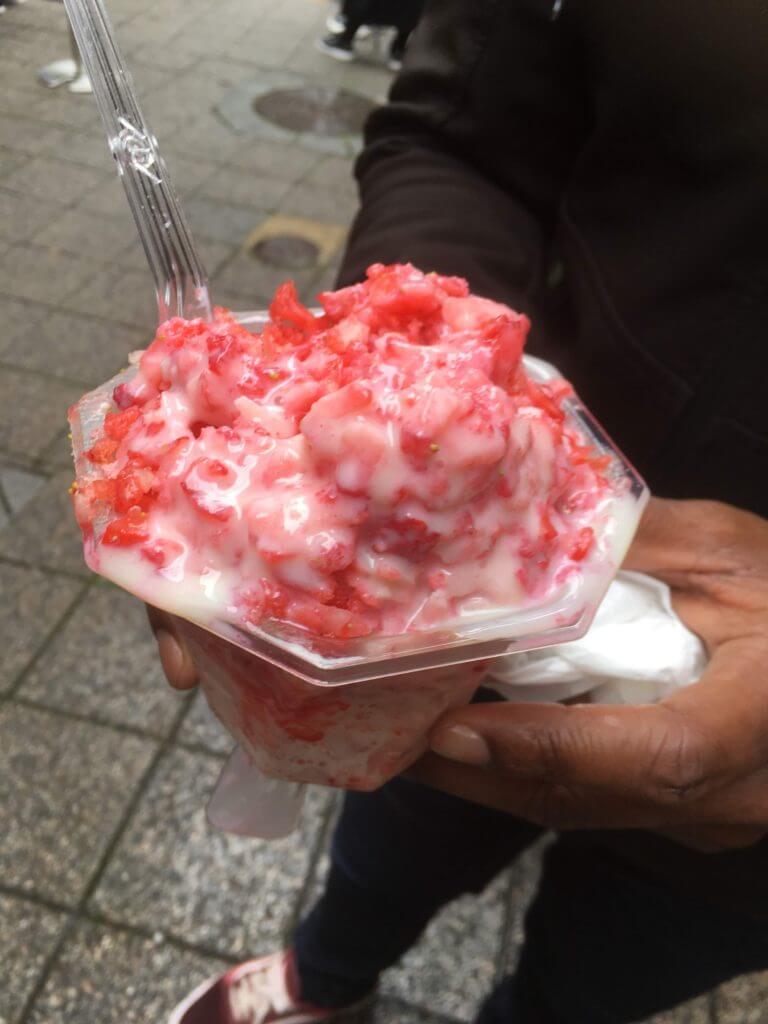
Language tip: To ask where someone bought something in Japanese, say “Kore wa, doko ni kaimashita ka?” , which is literally “This (thing), where did you buy it?”
We headed back to Osaka, and spent the night exploring there. The details of this will be in the next post, so stay tuned! There will also be an itinerary for all three cities at the end of the post as well.

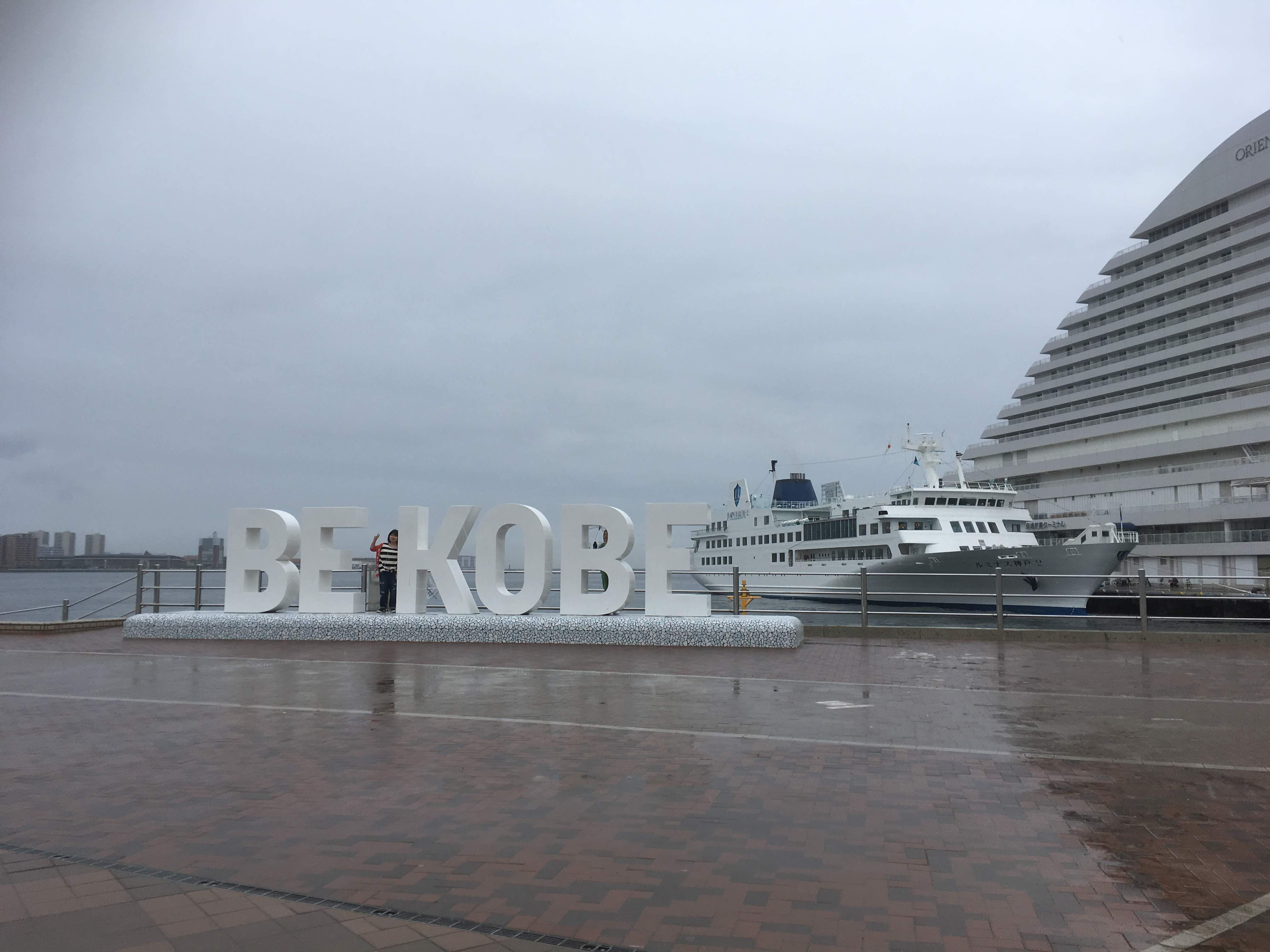
Recent Comments